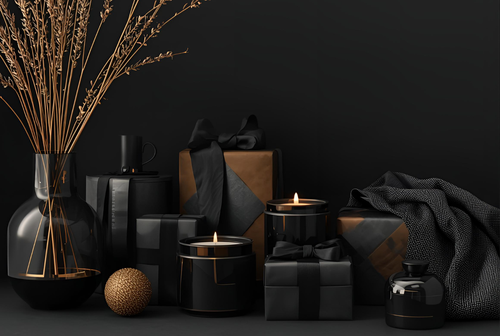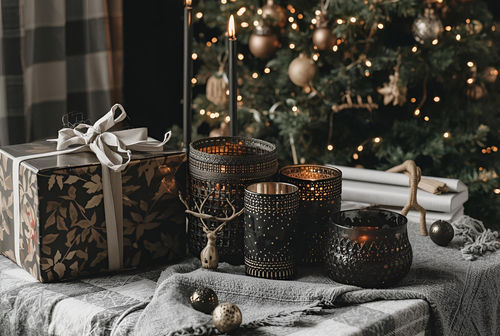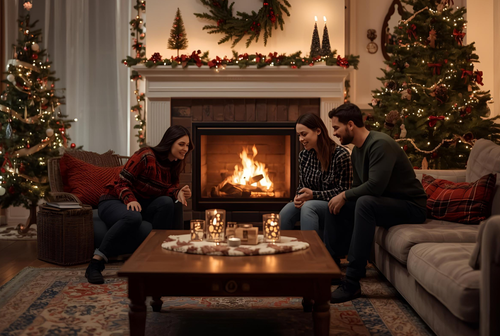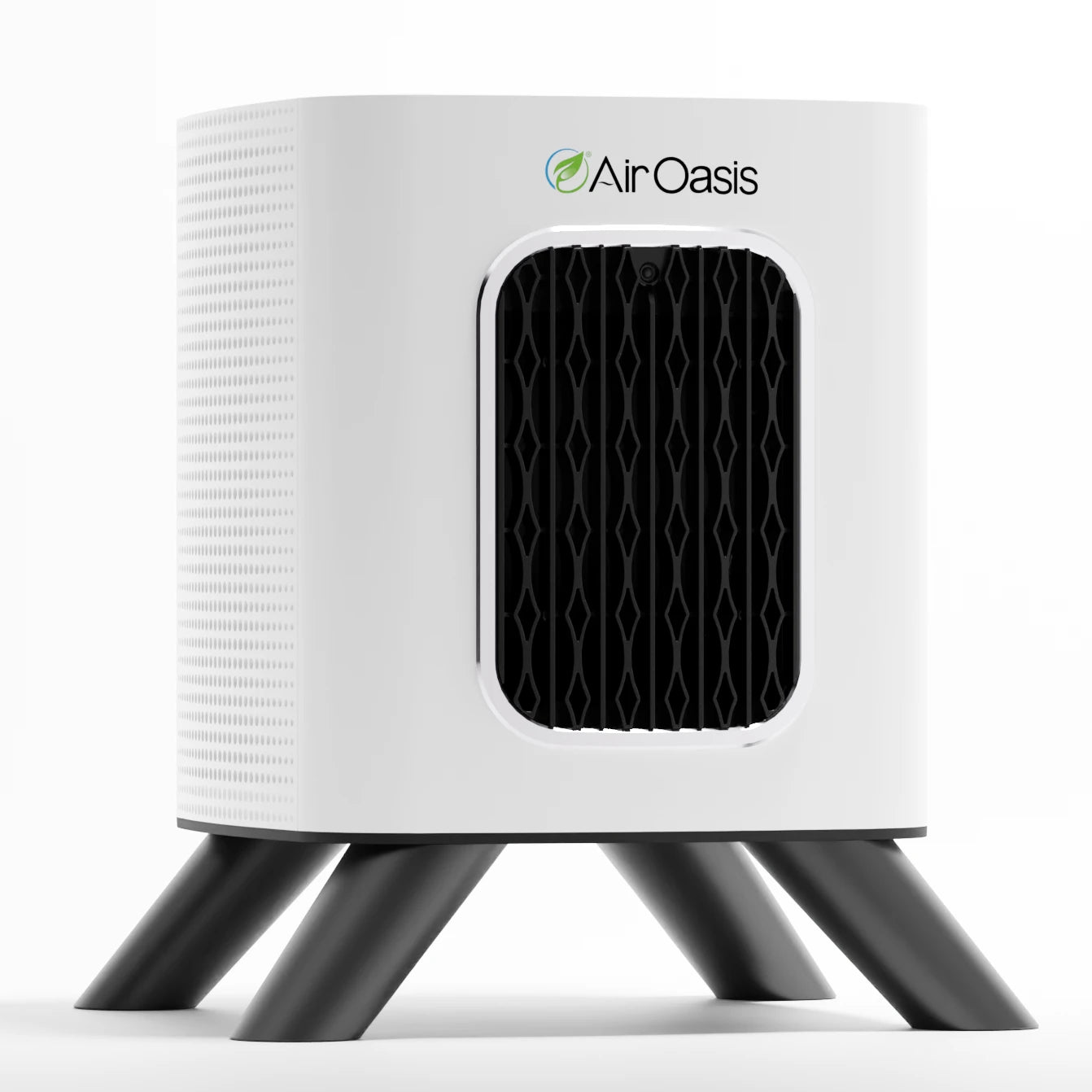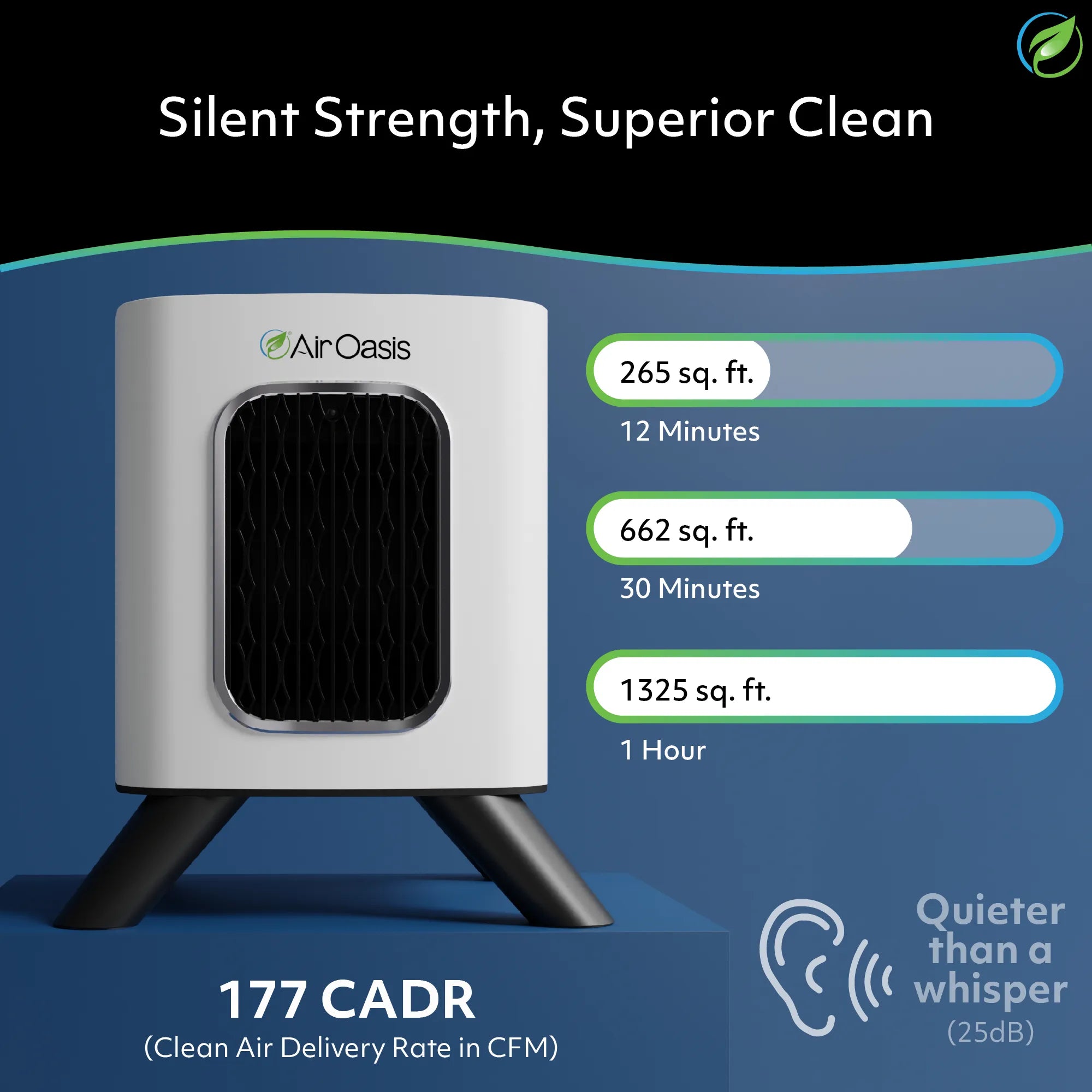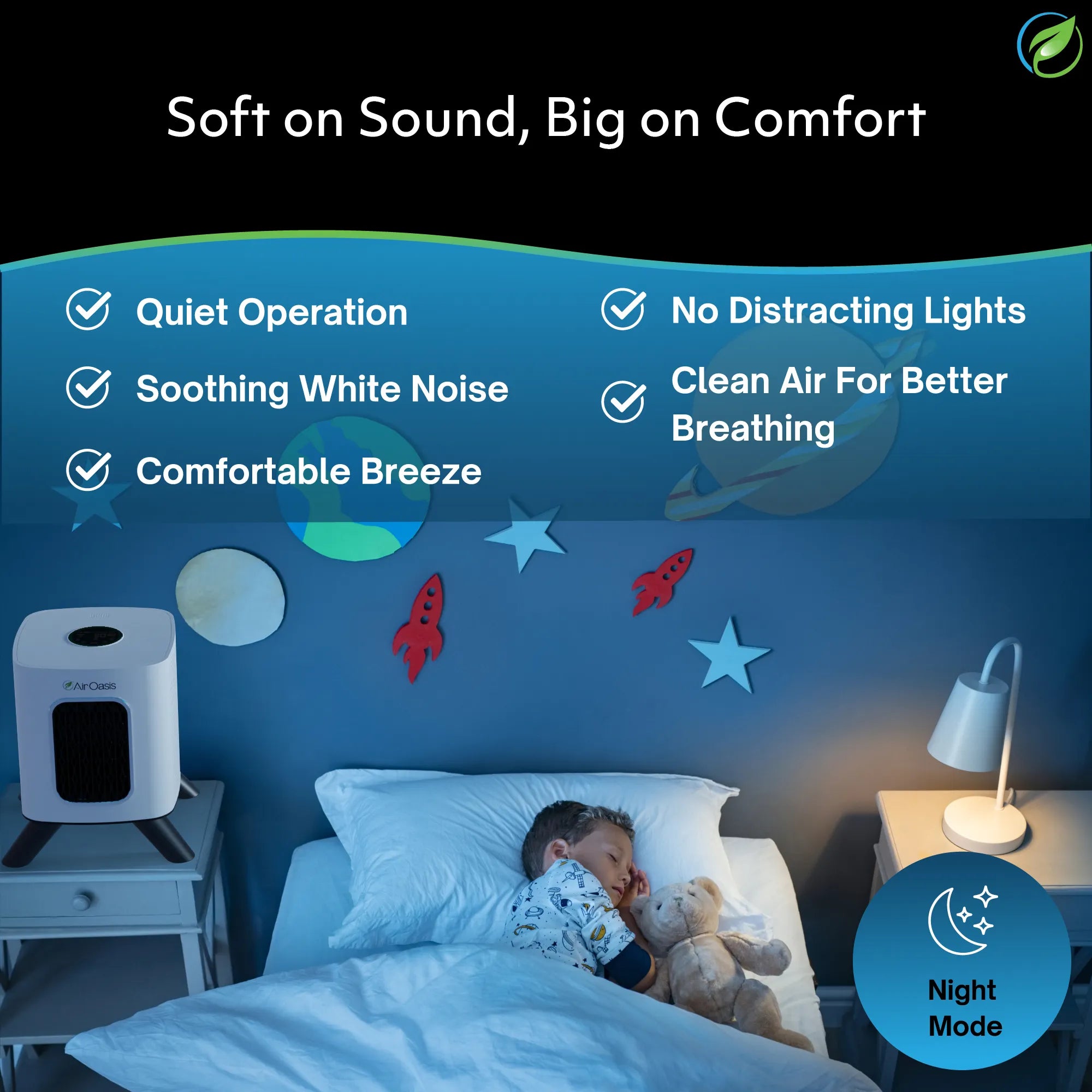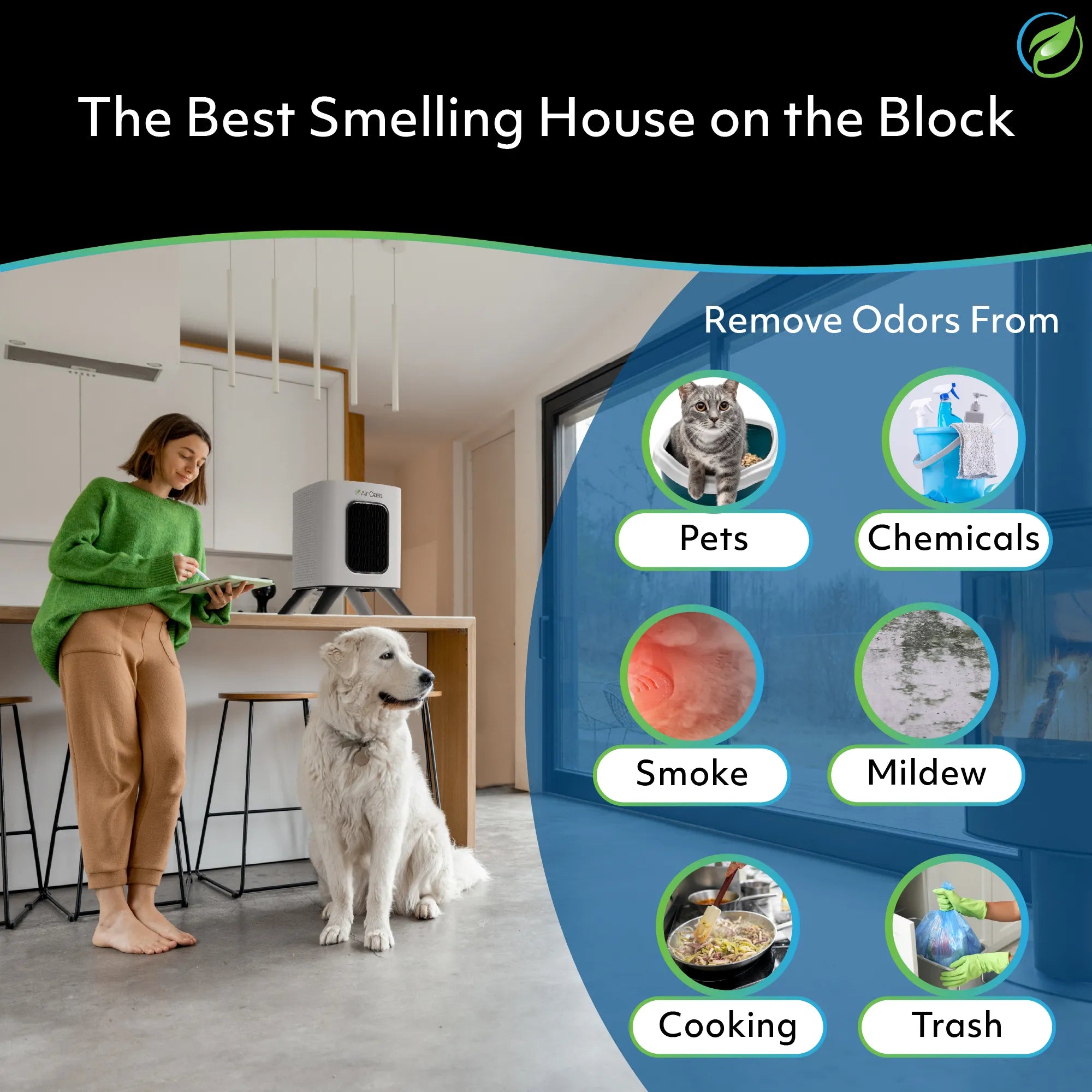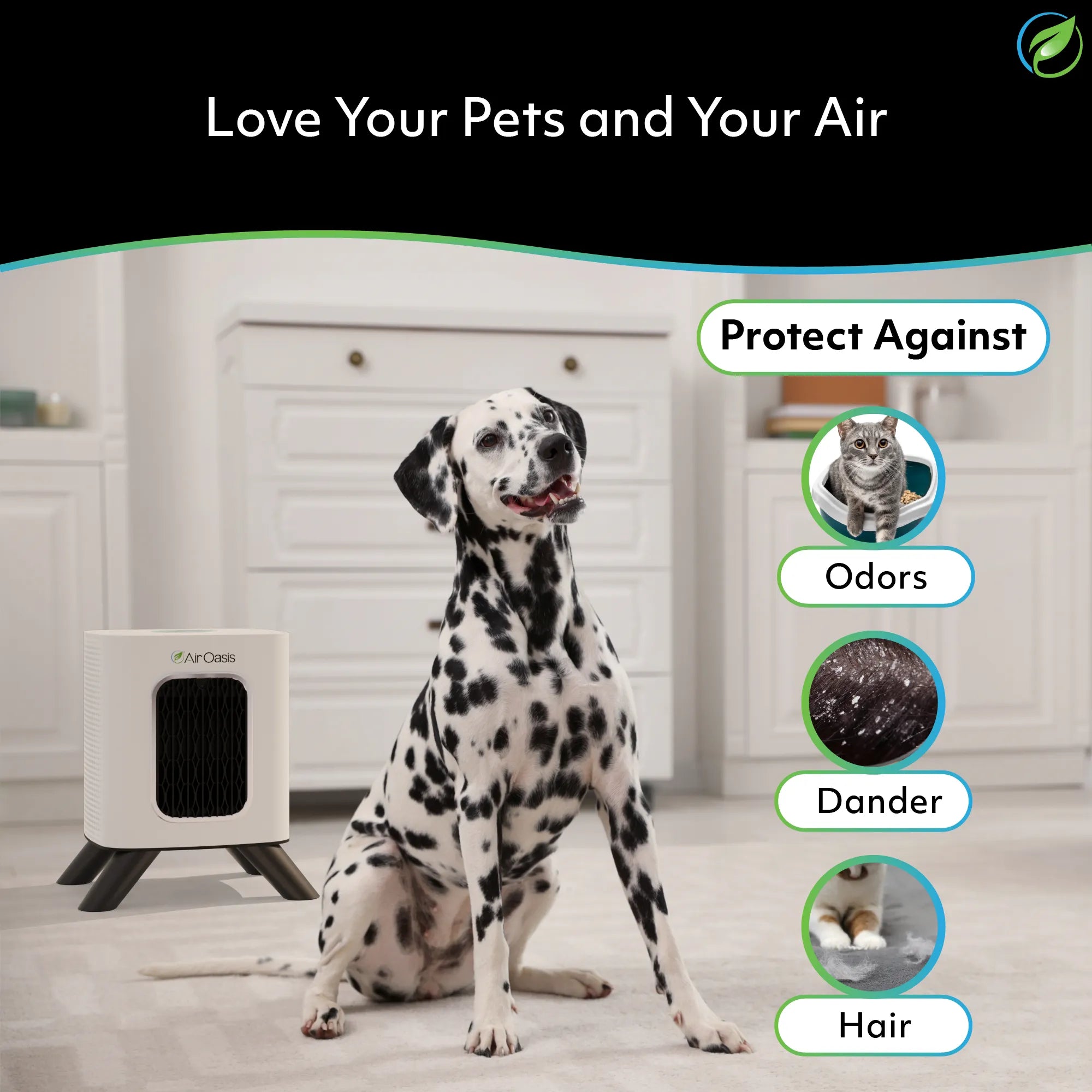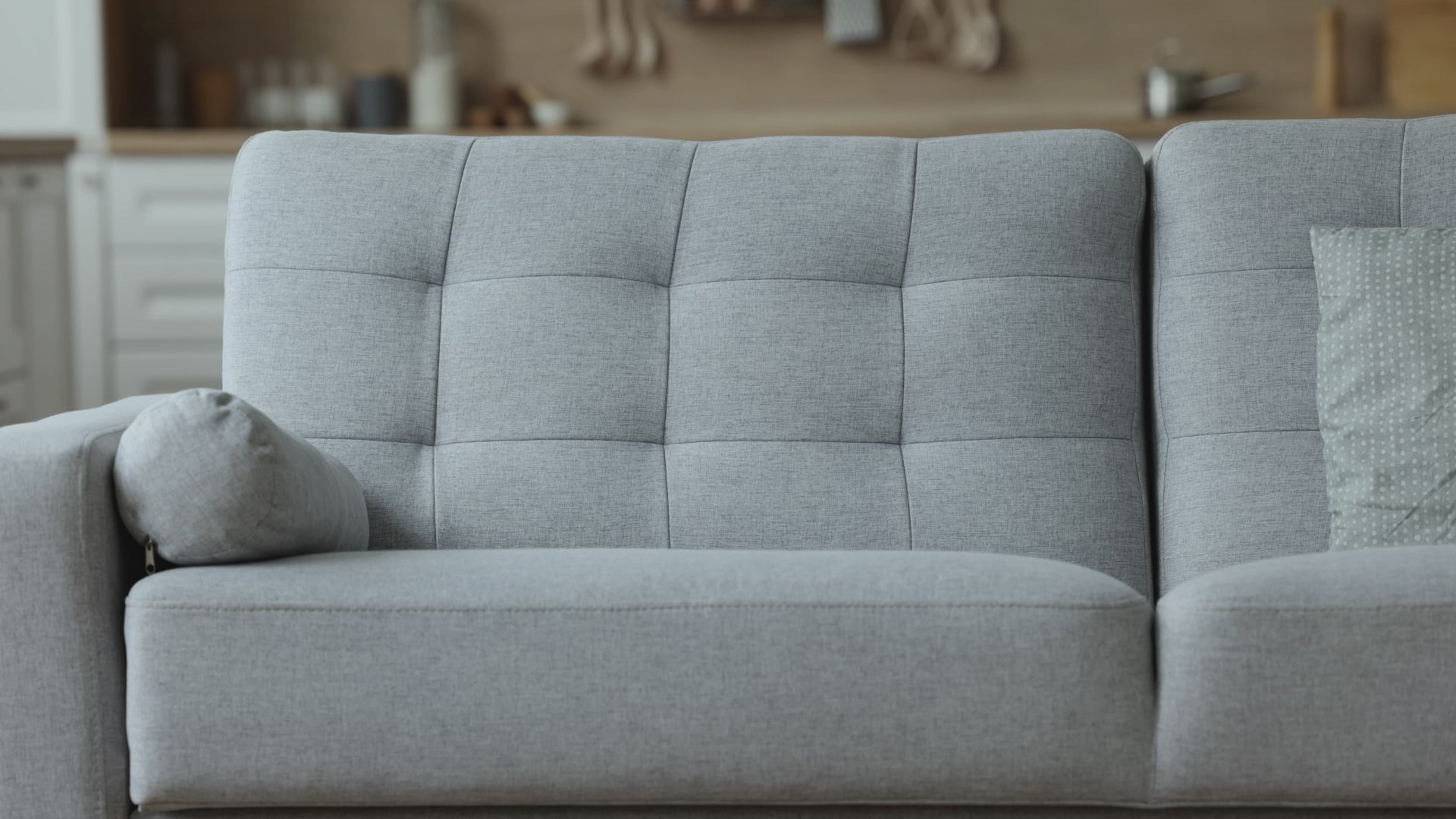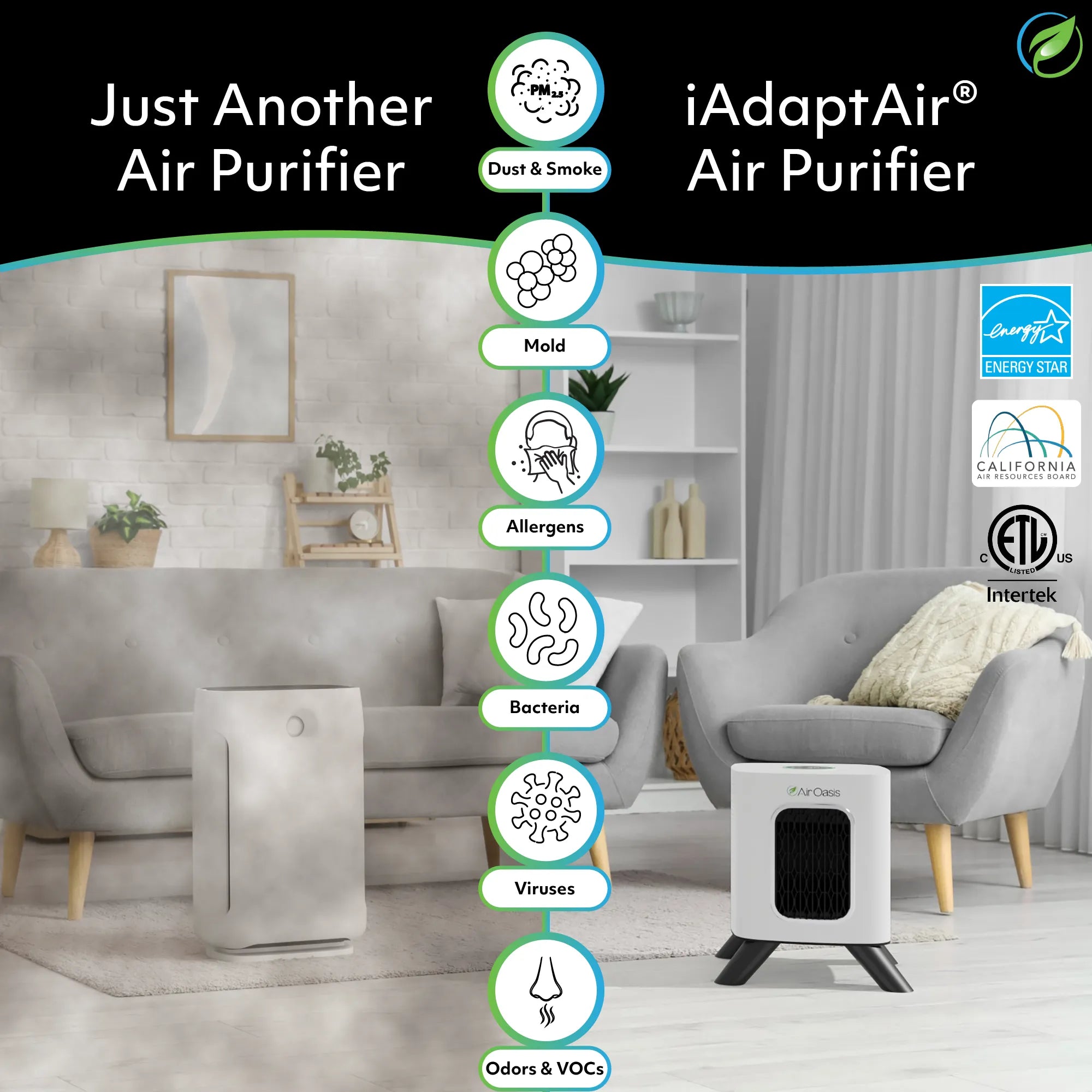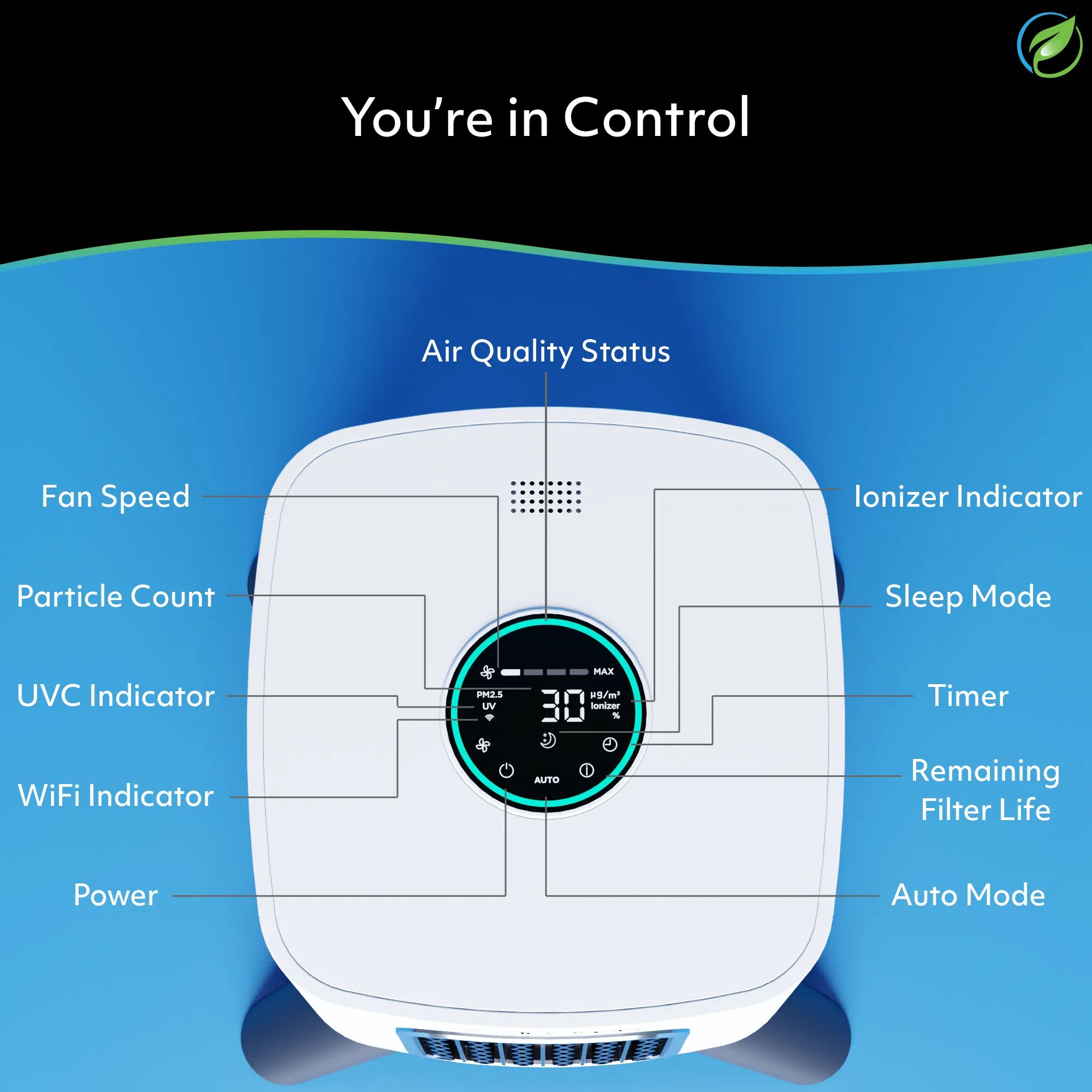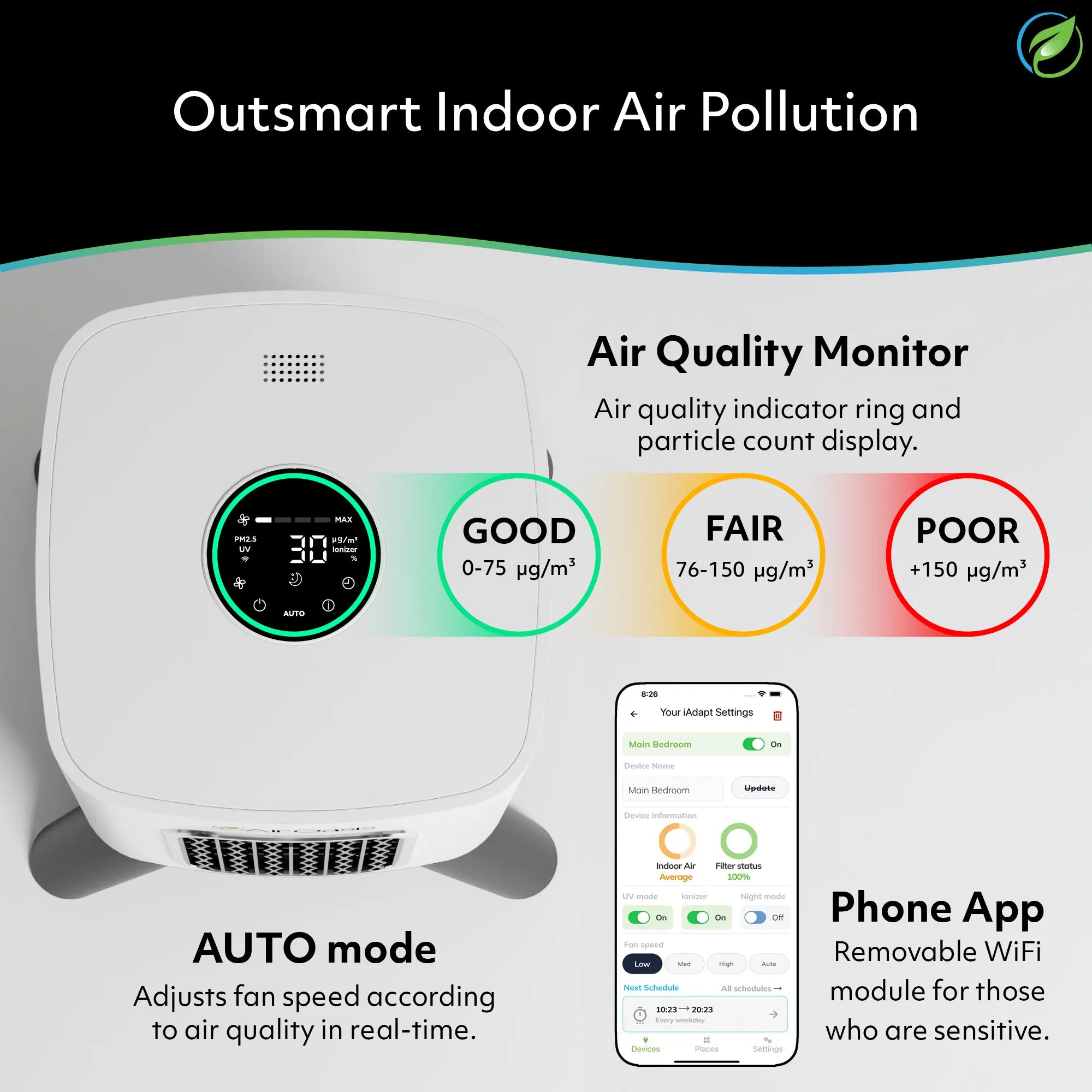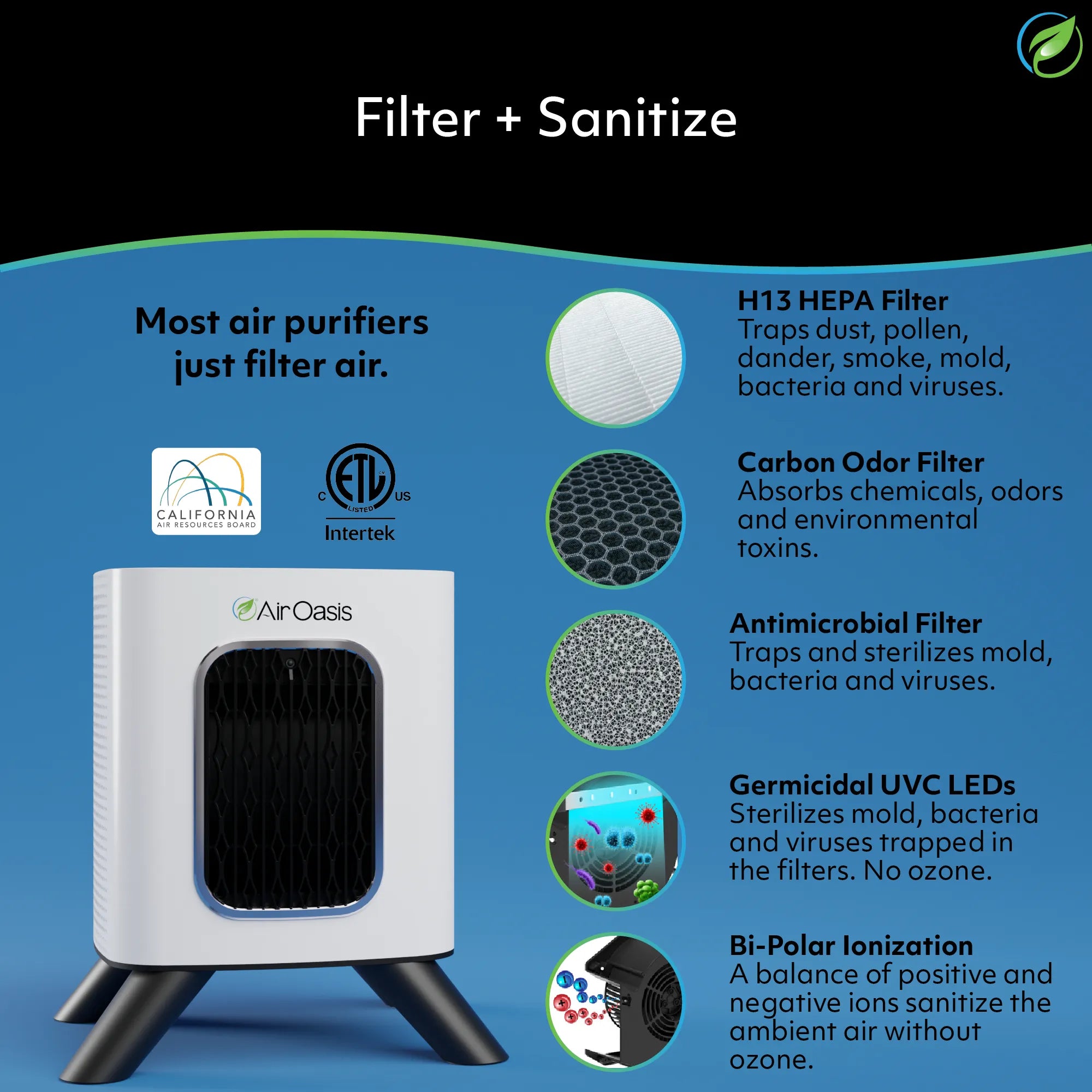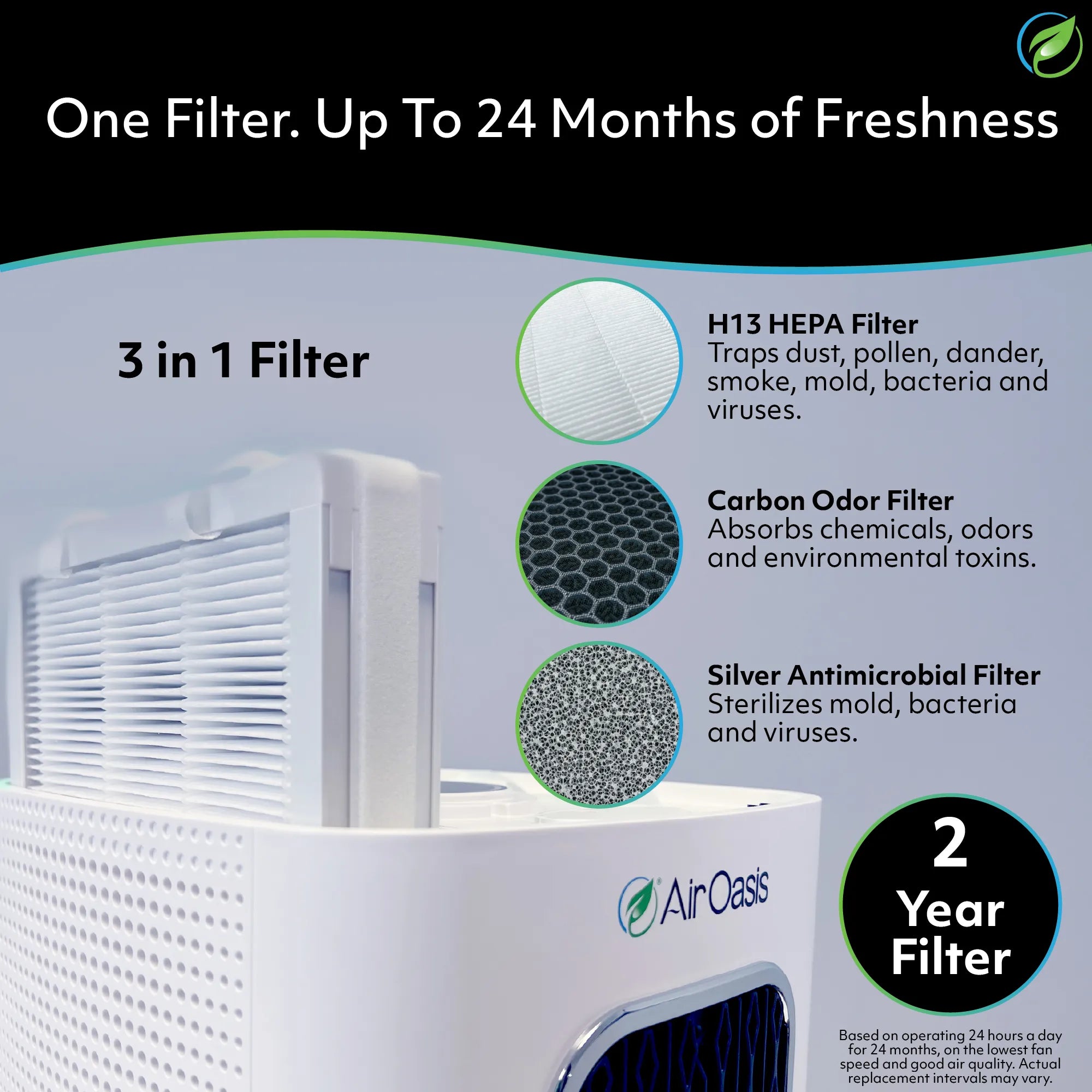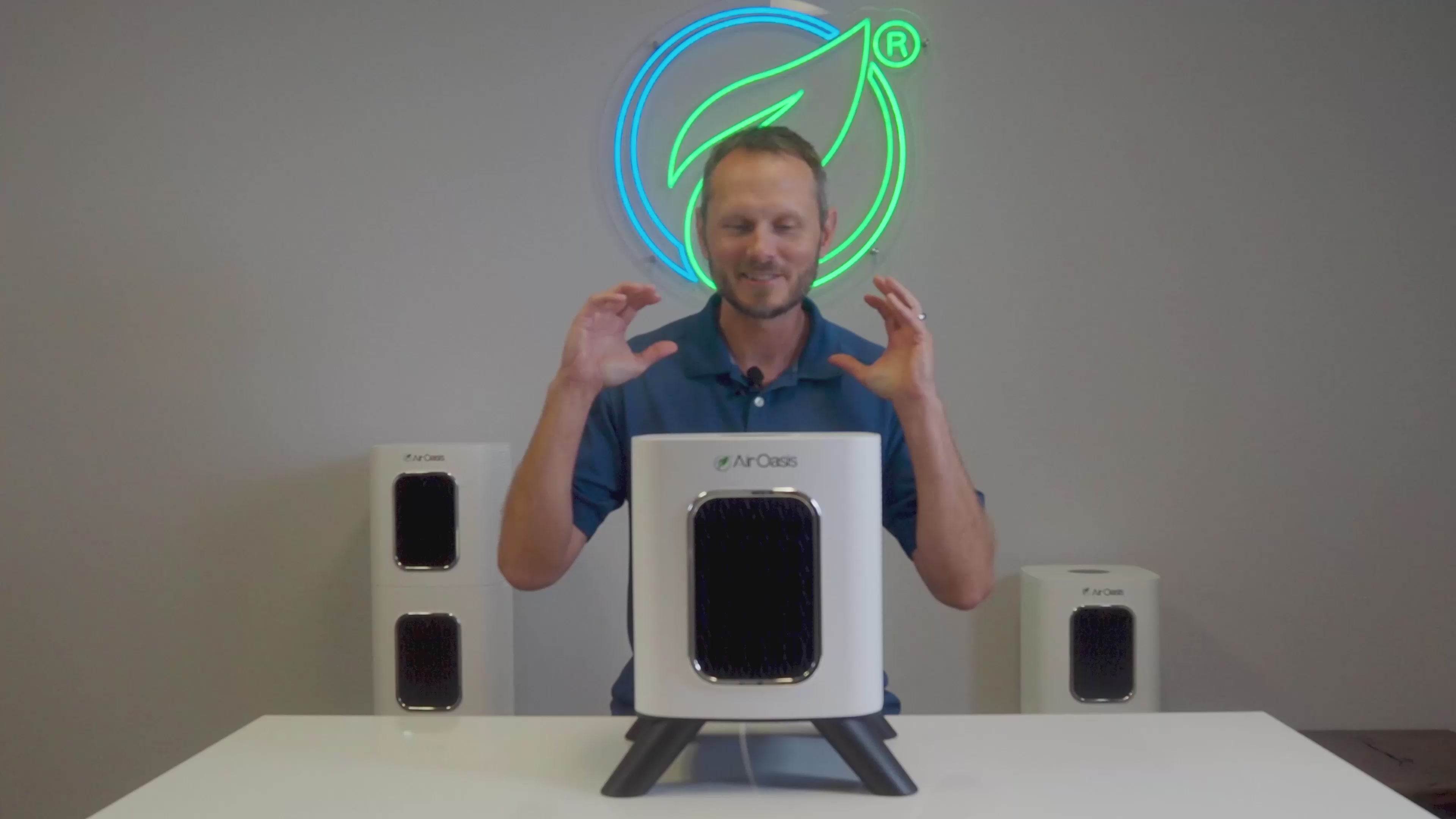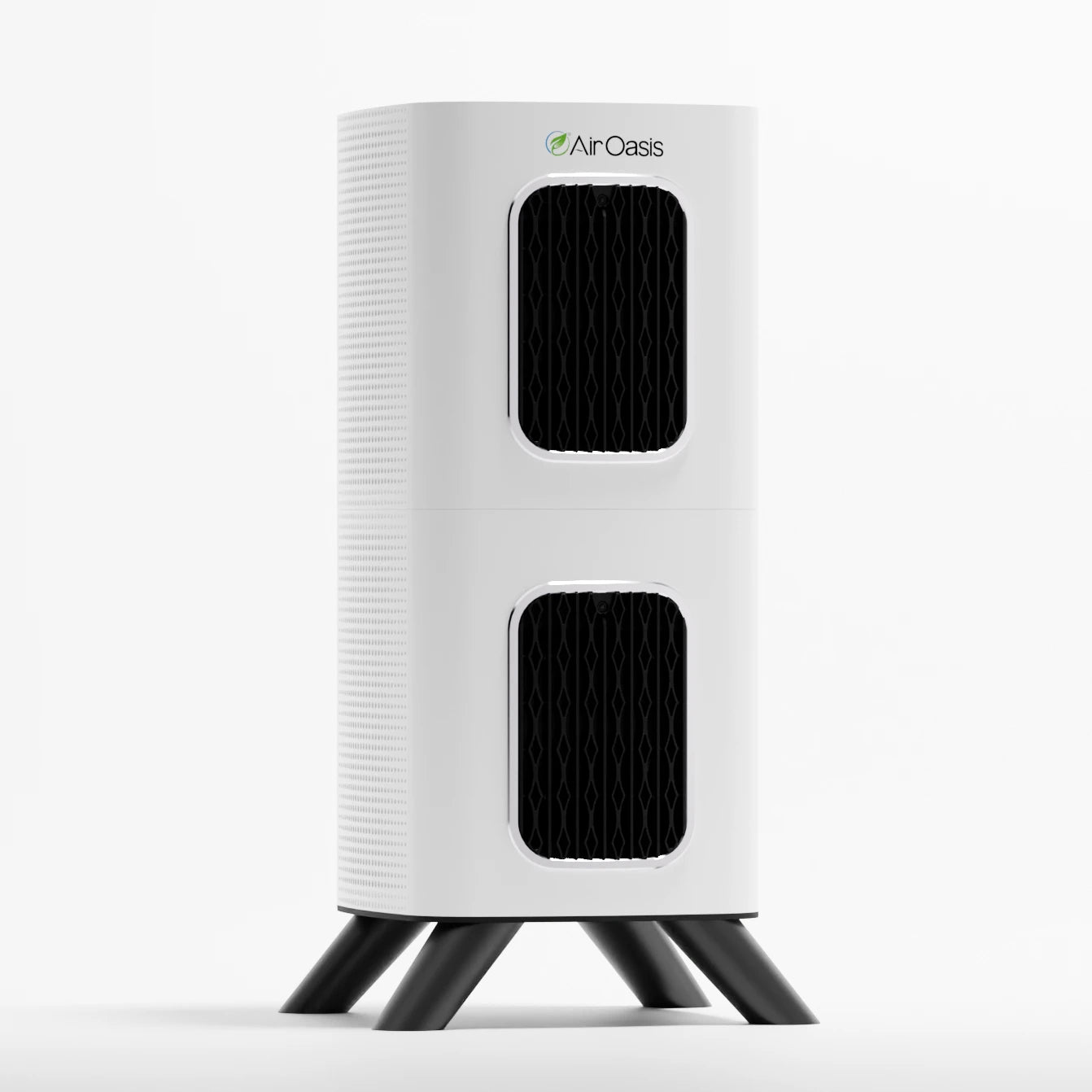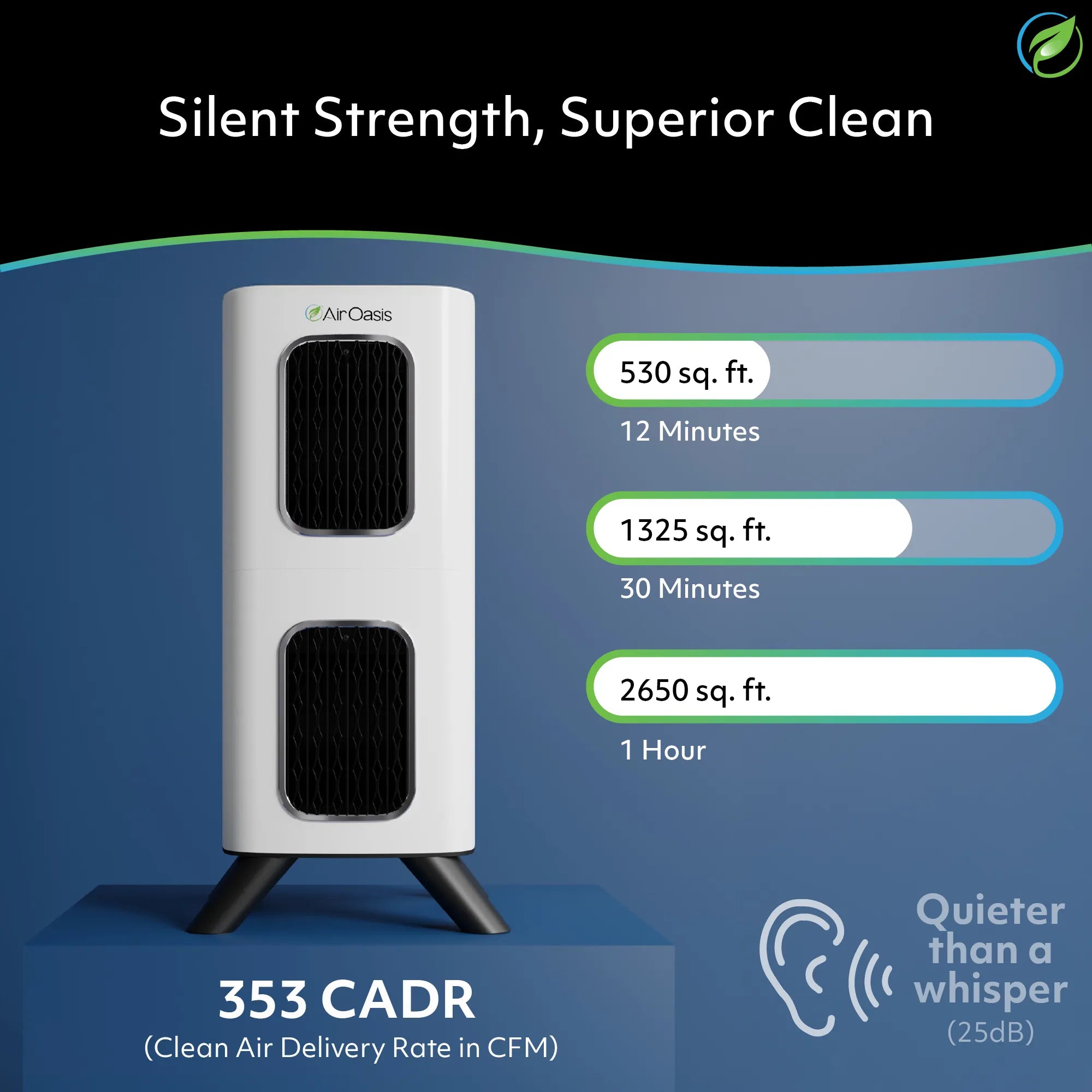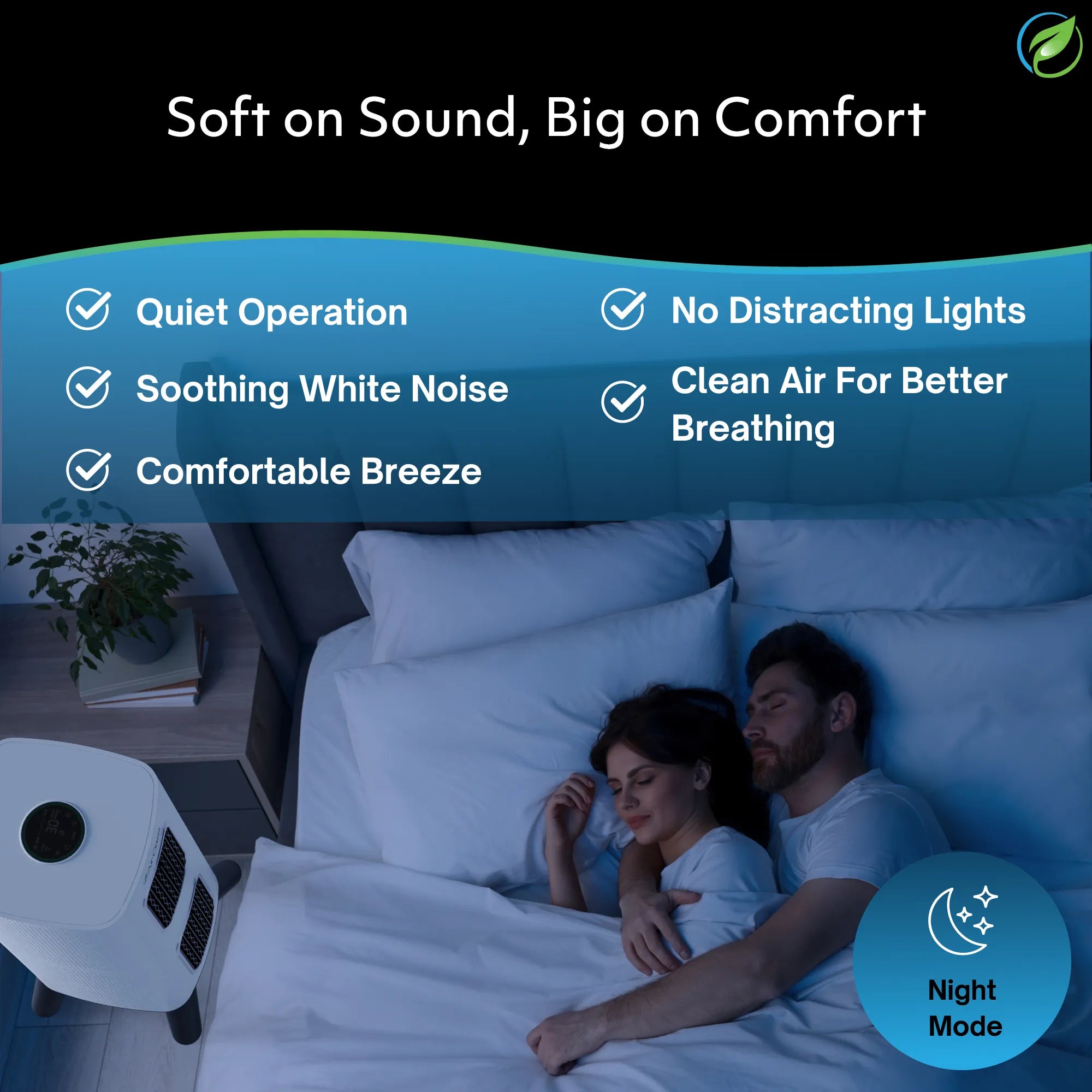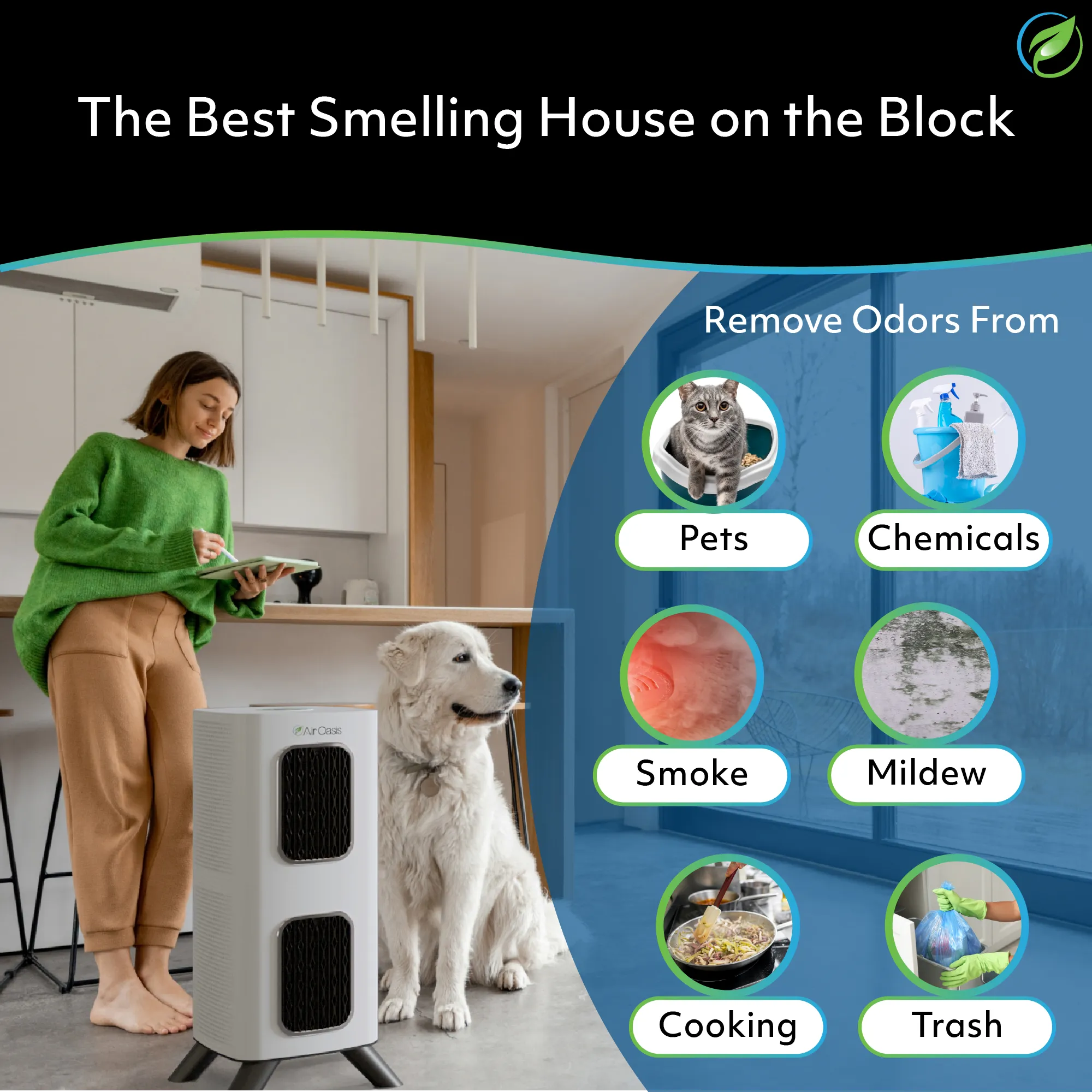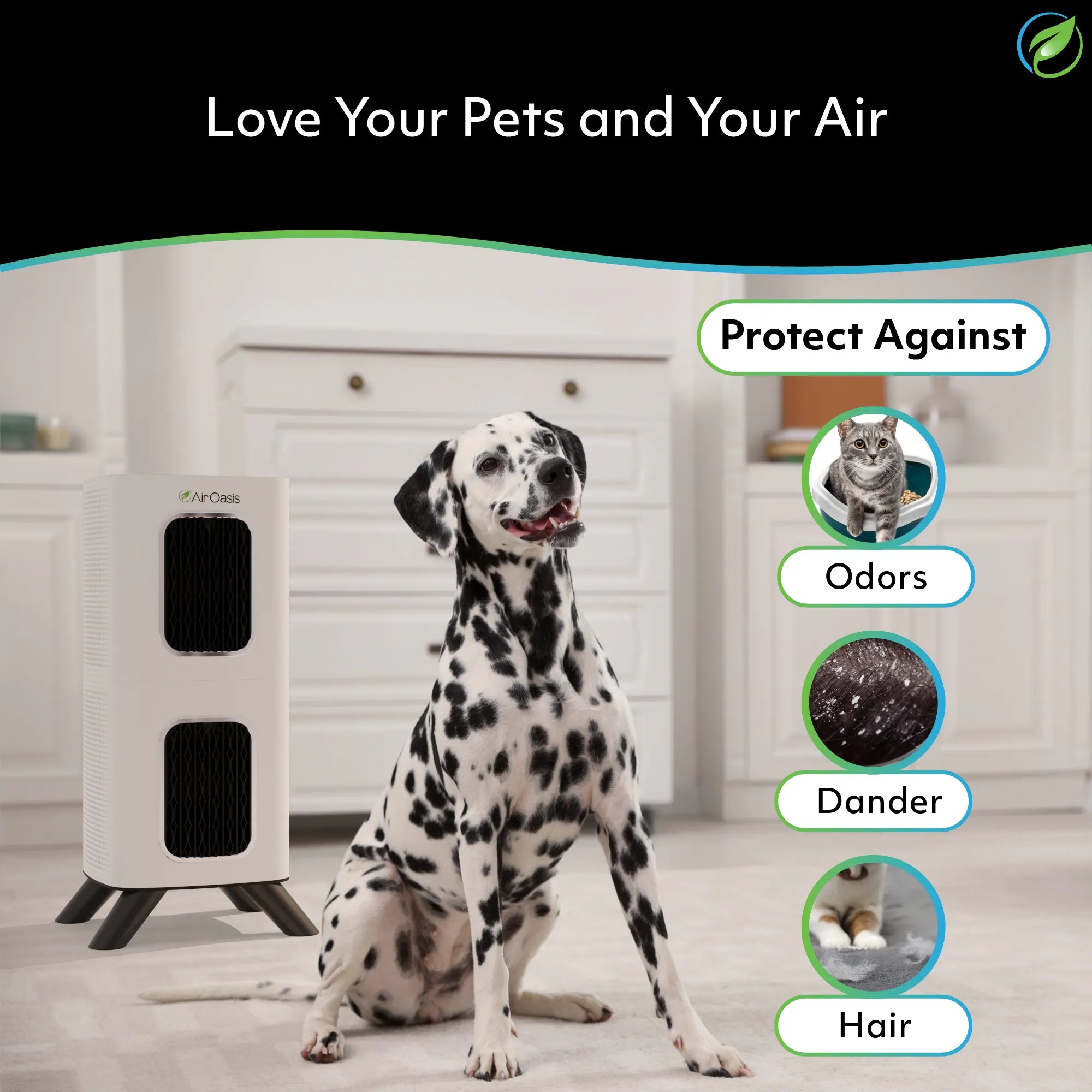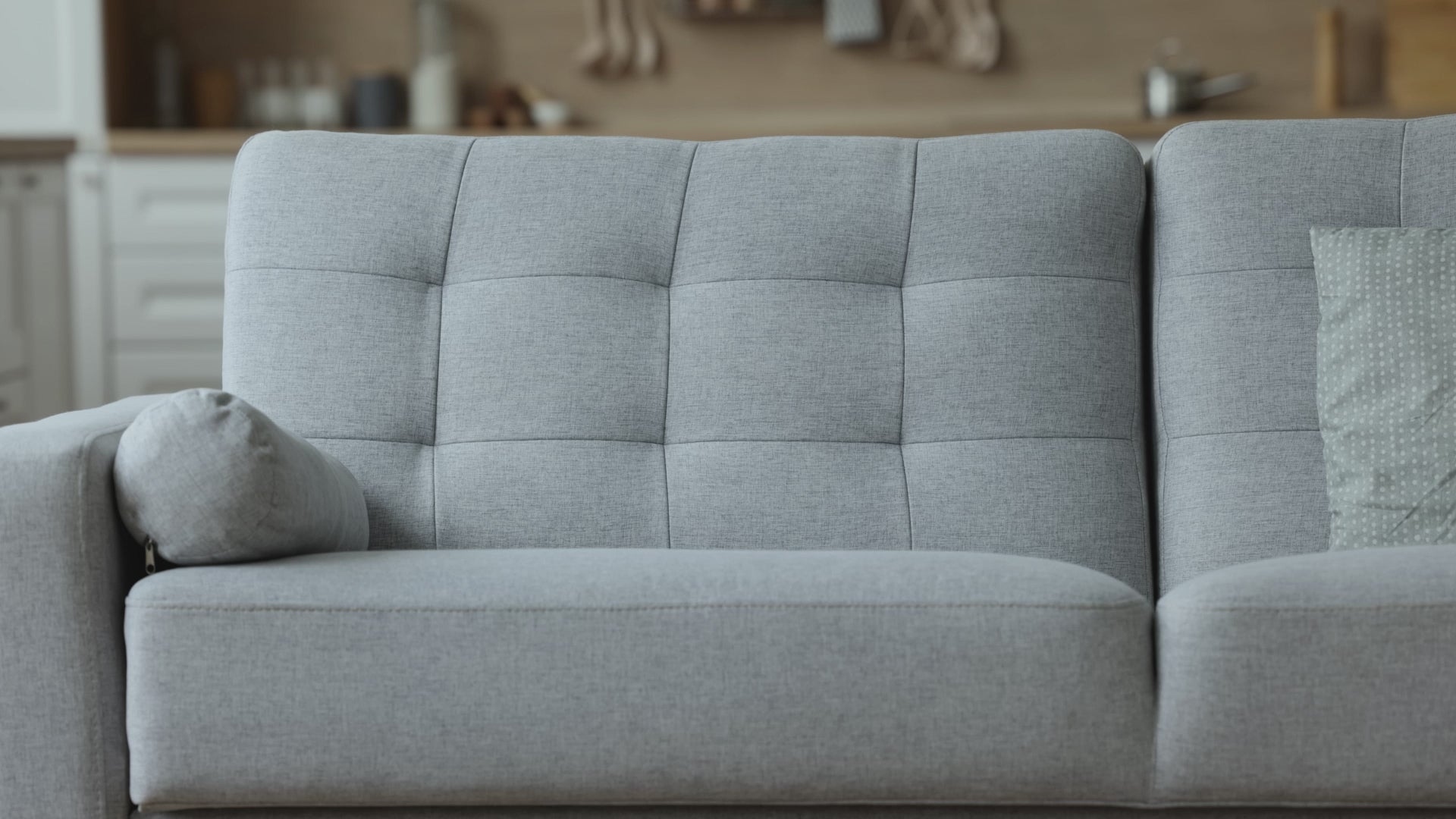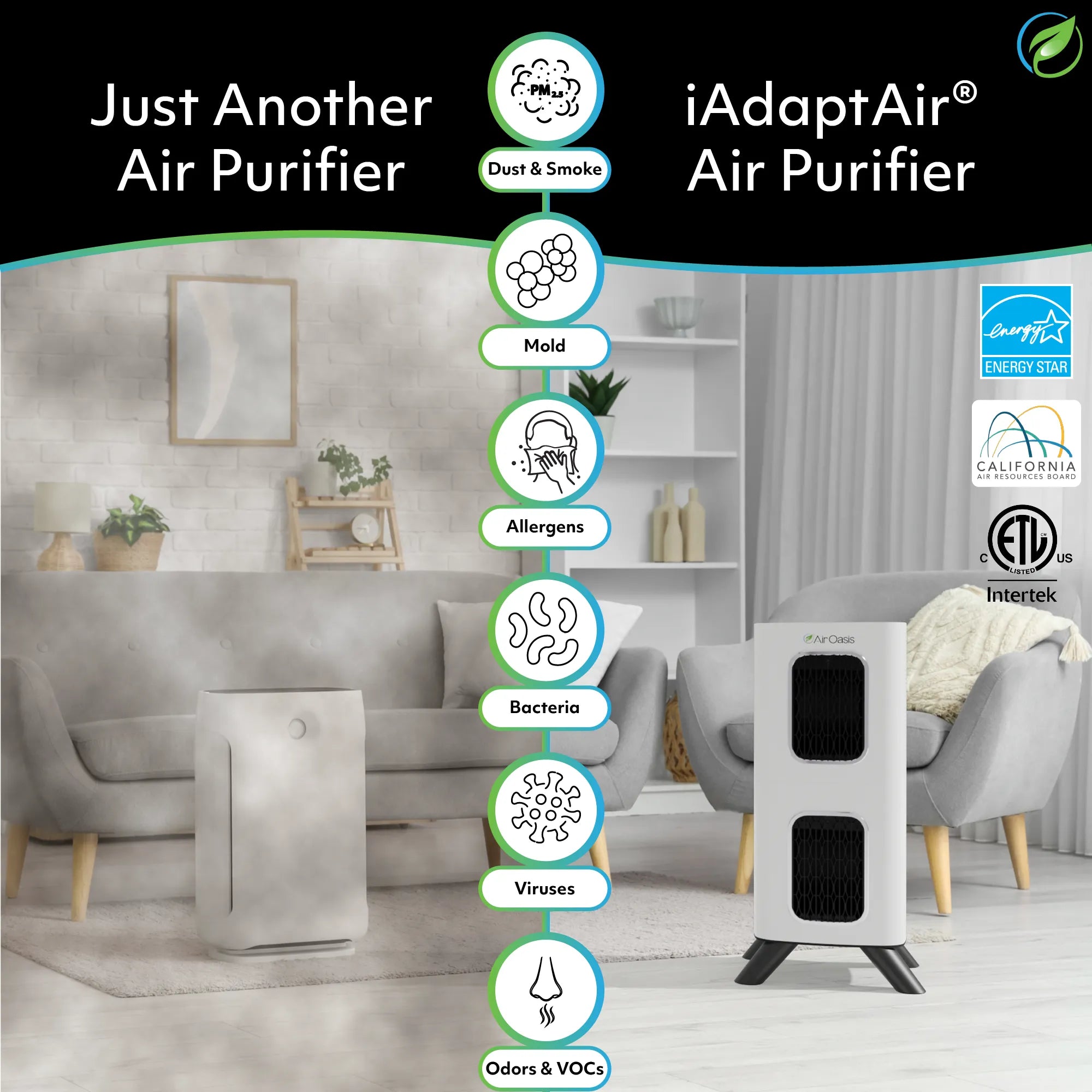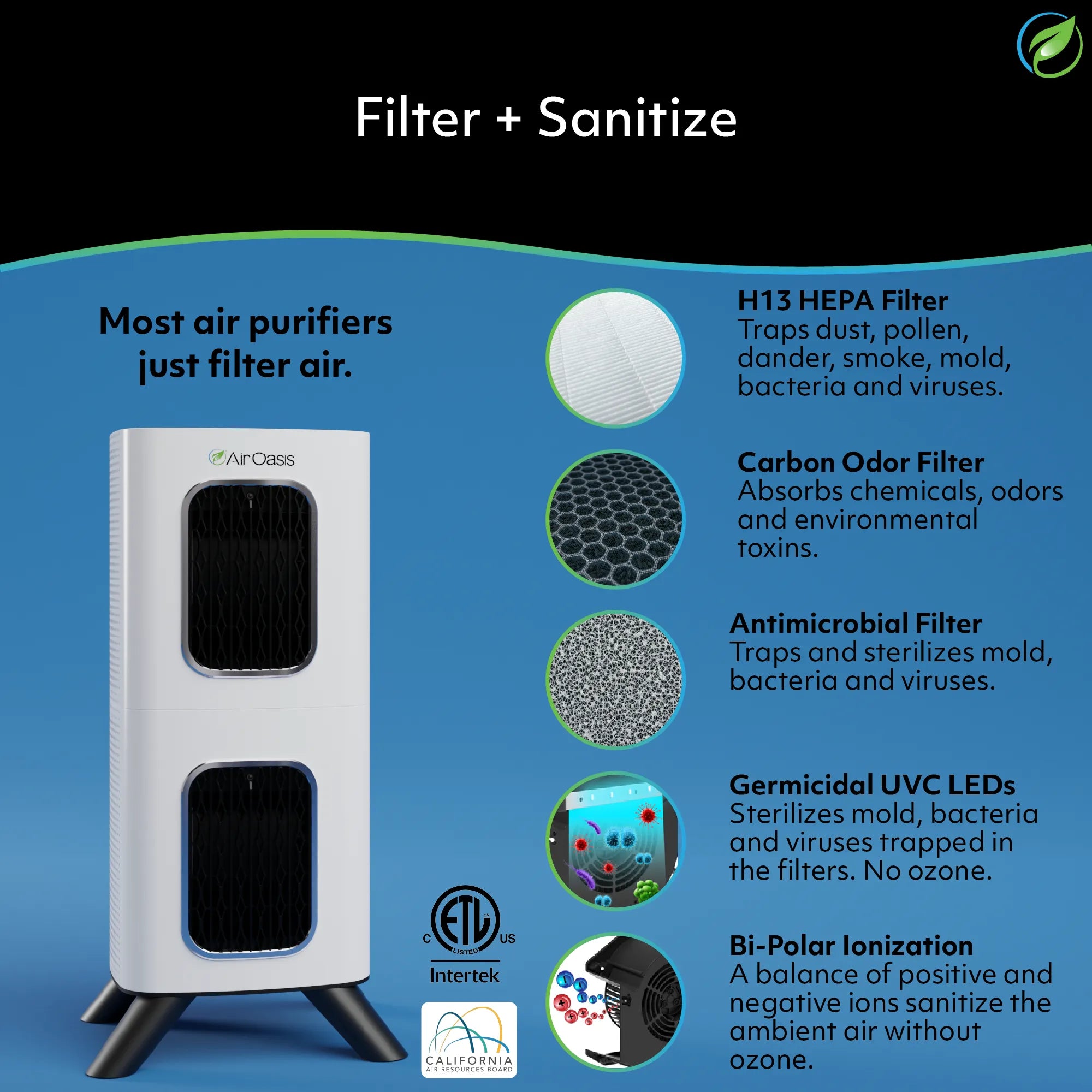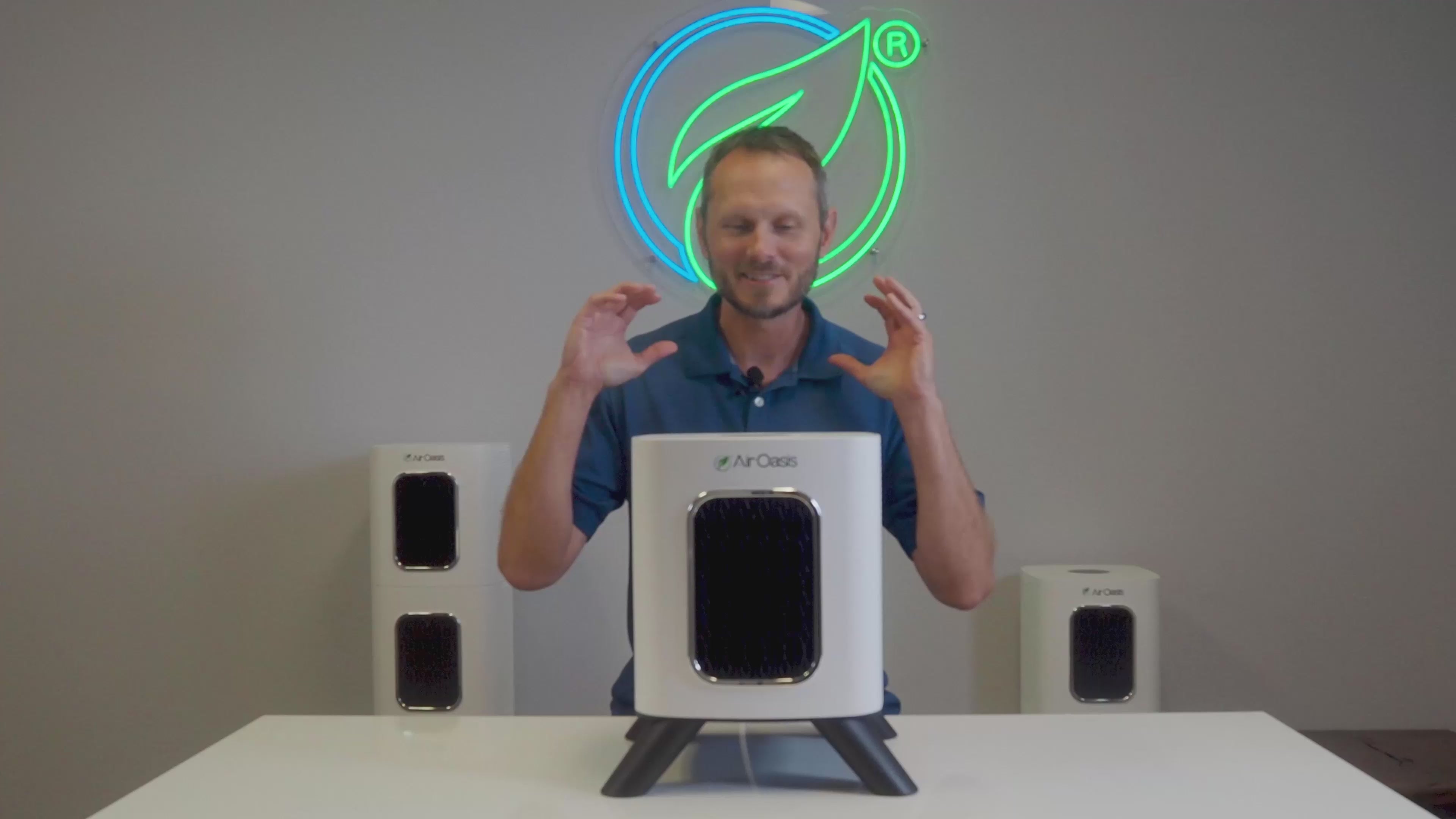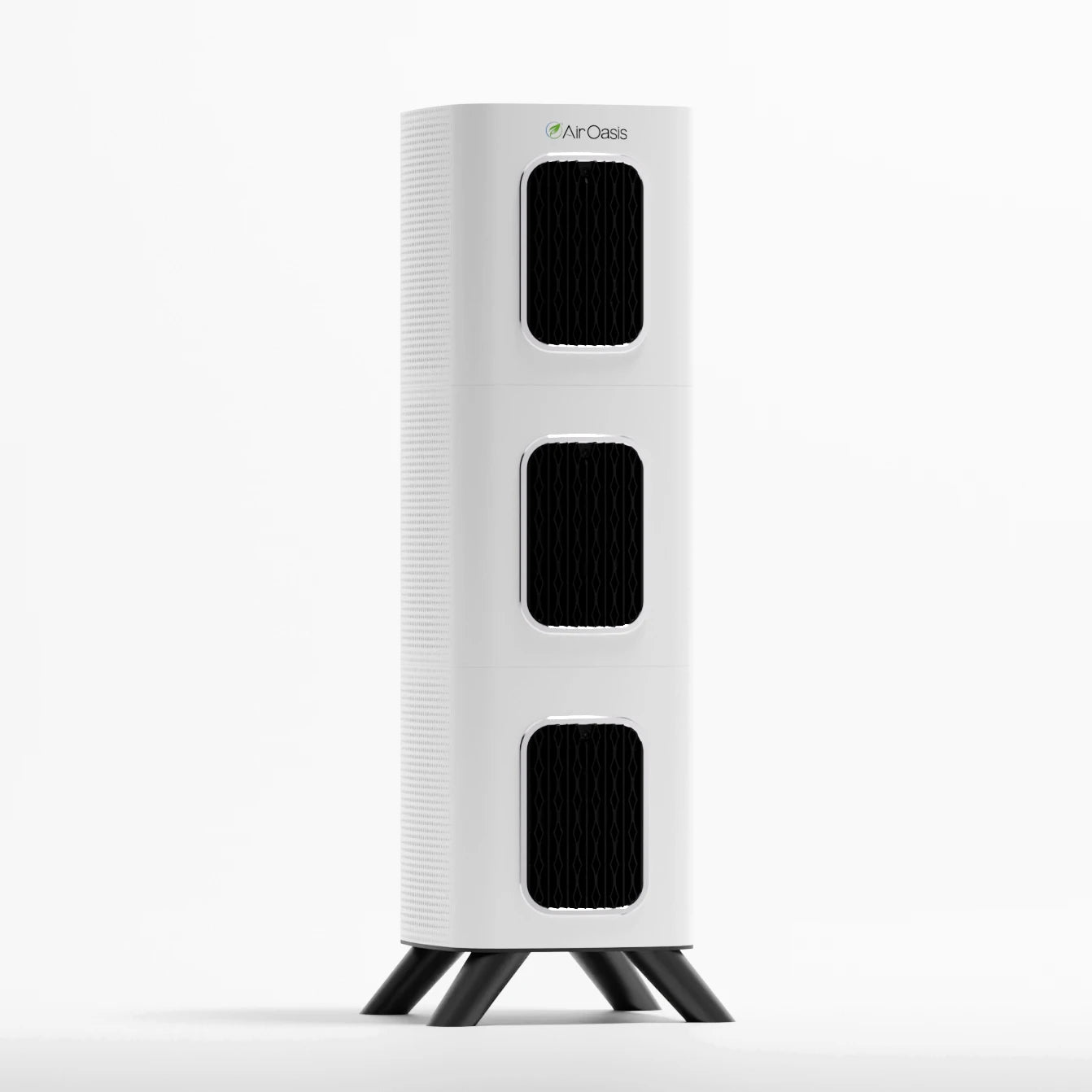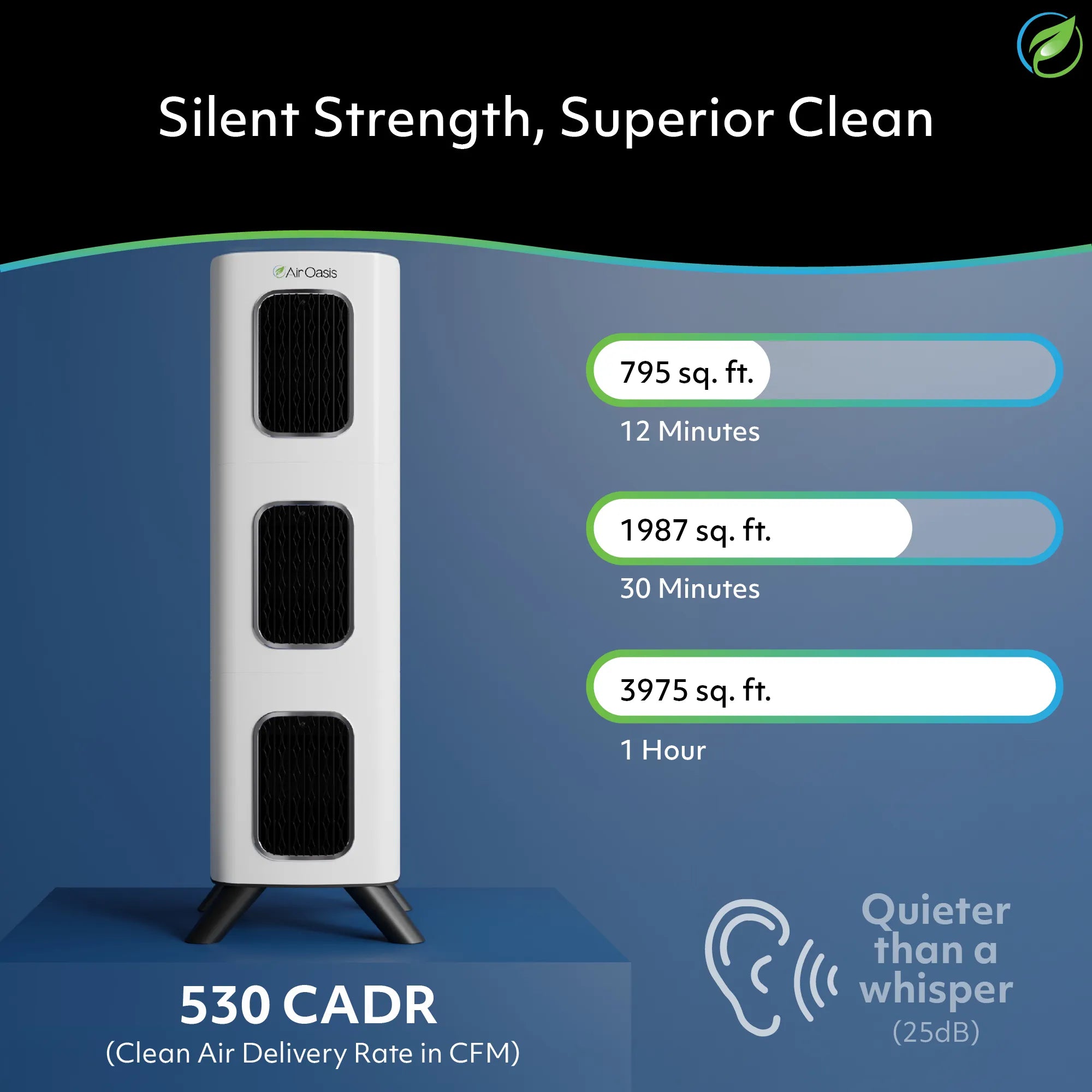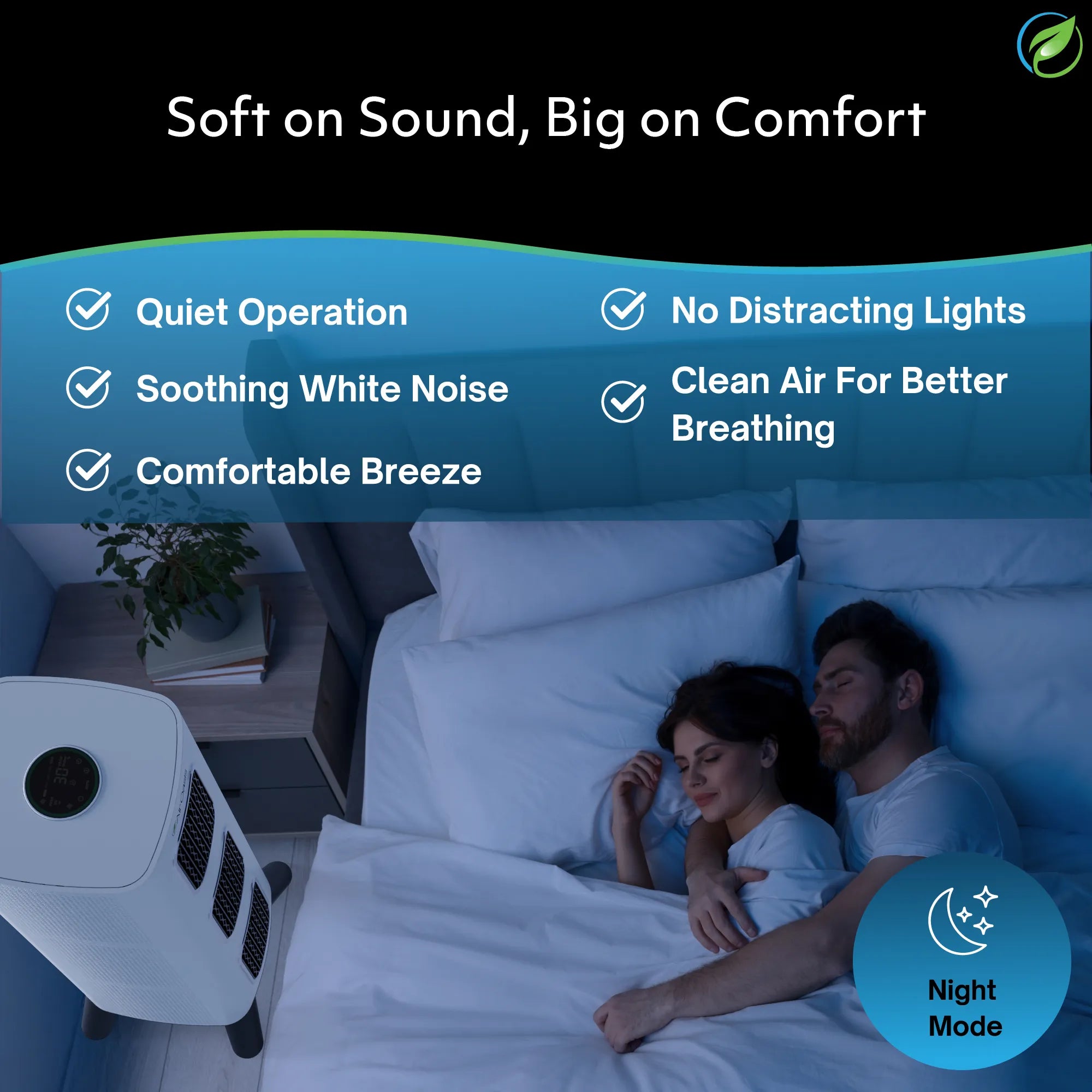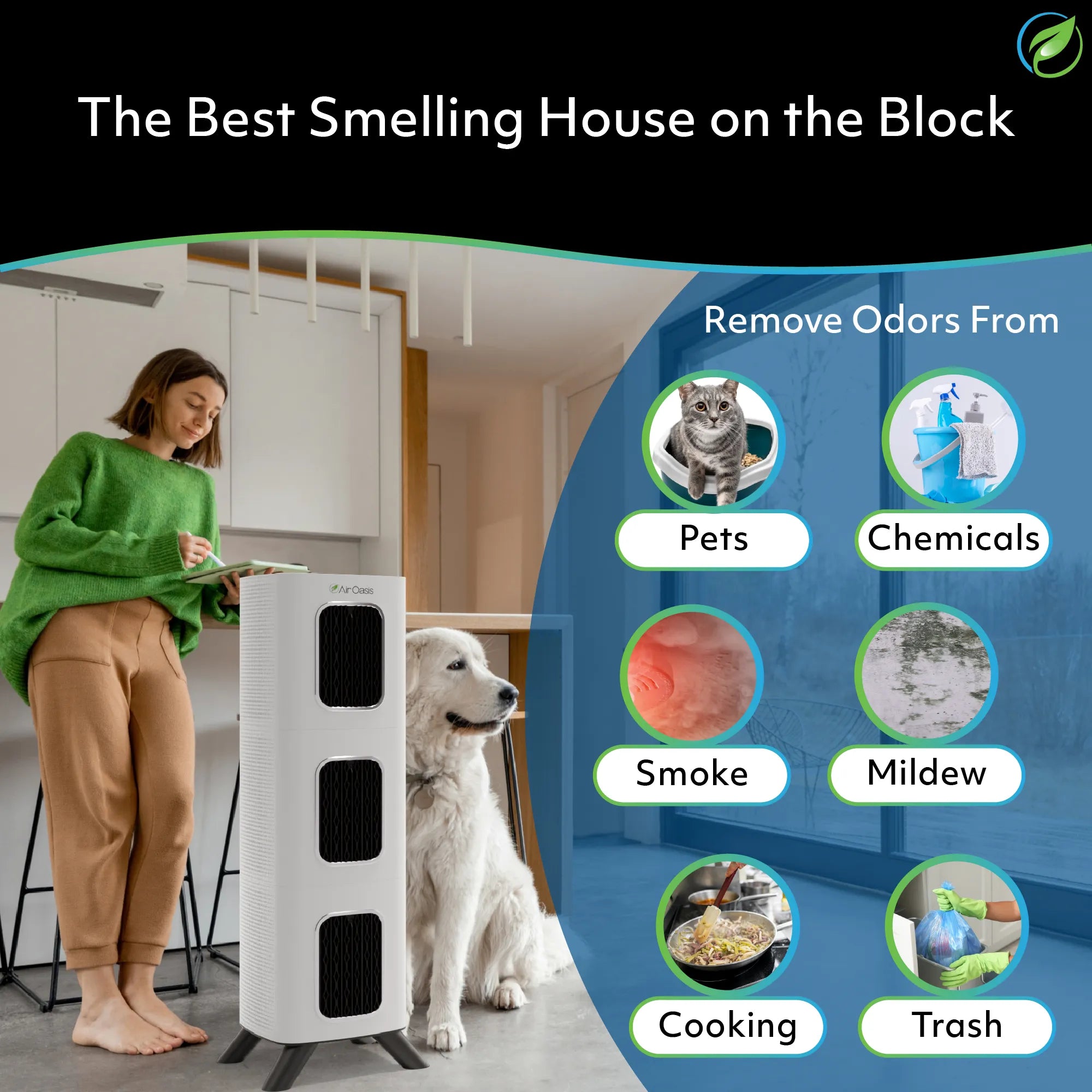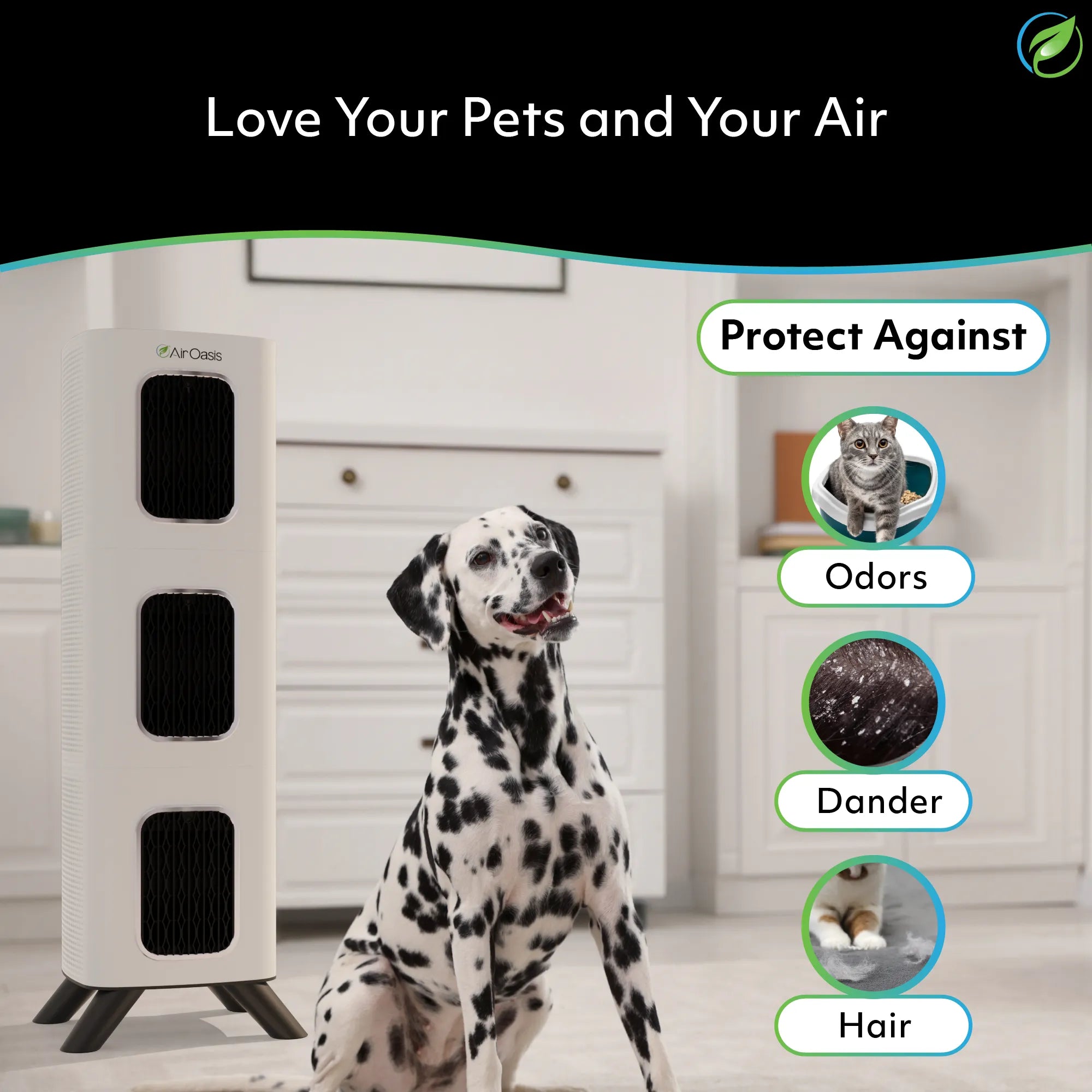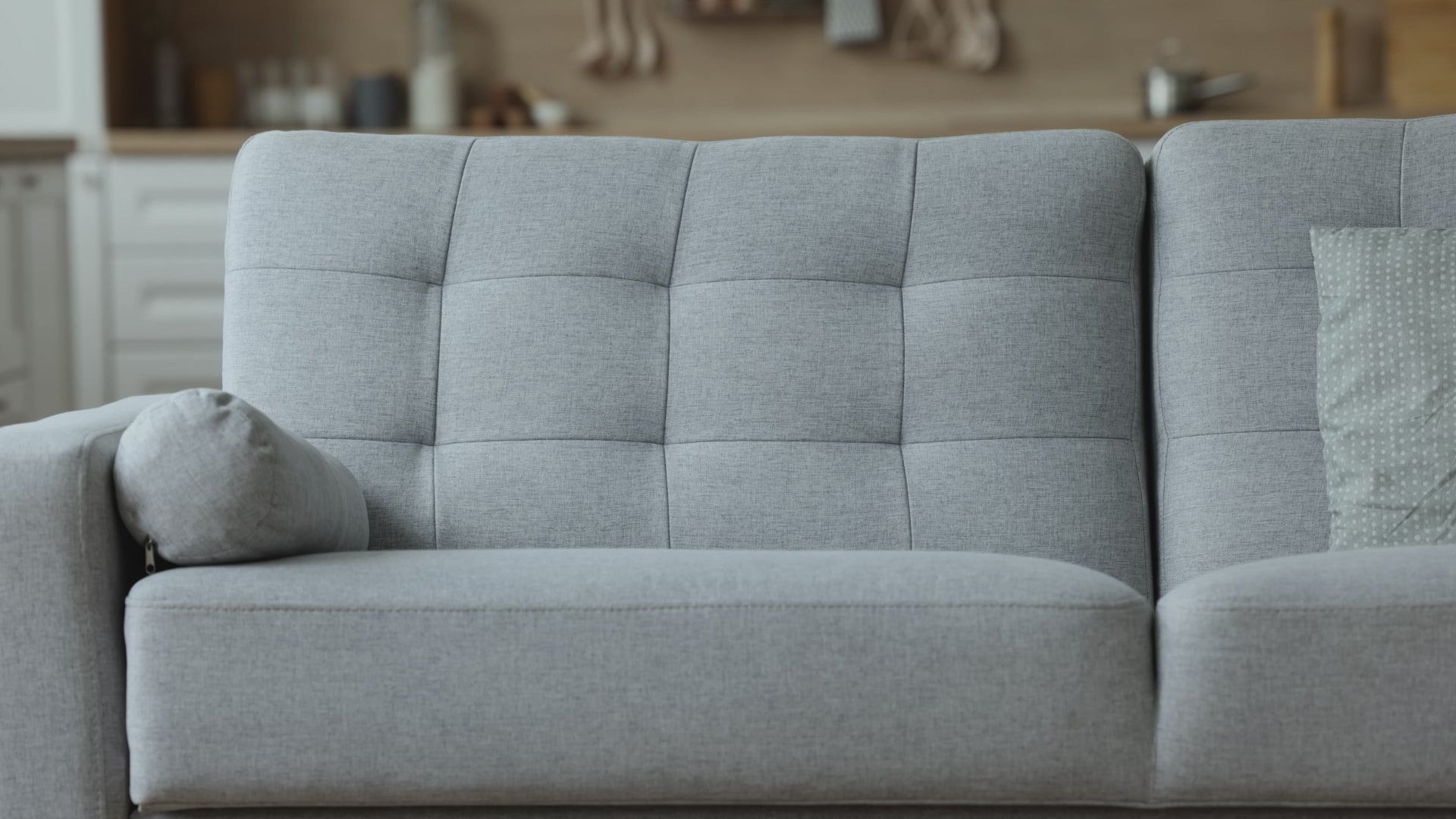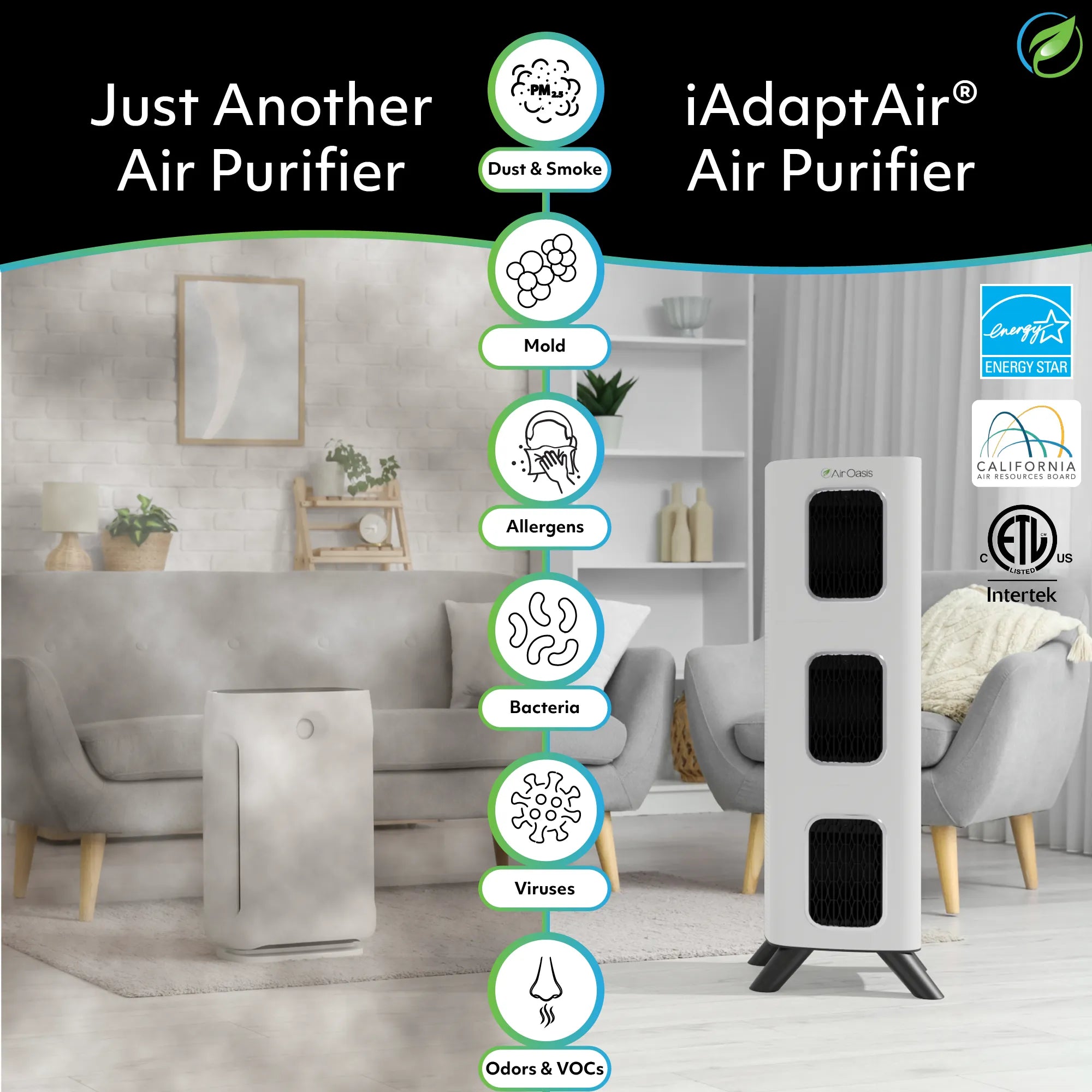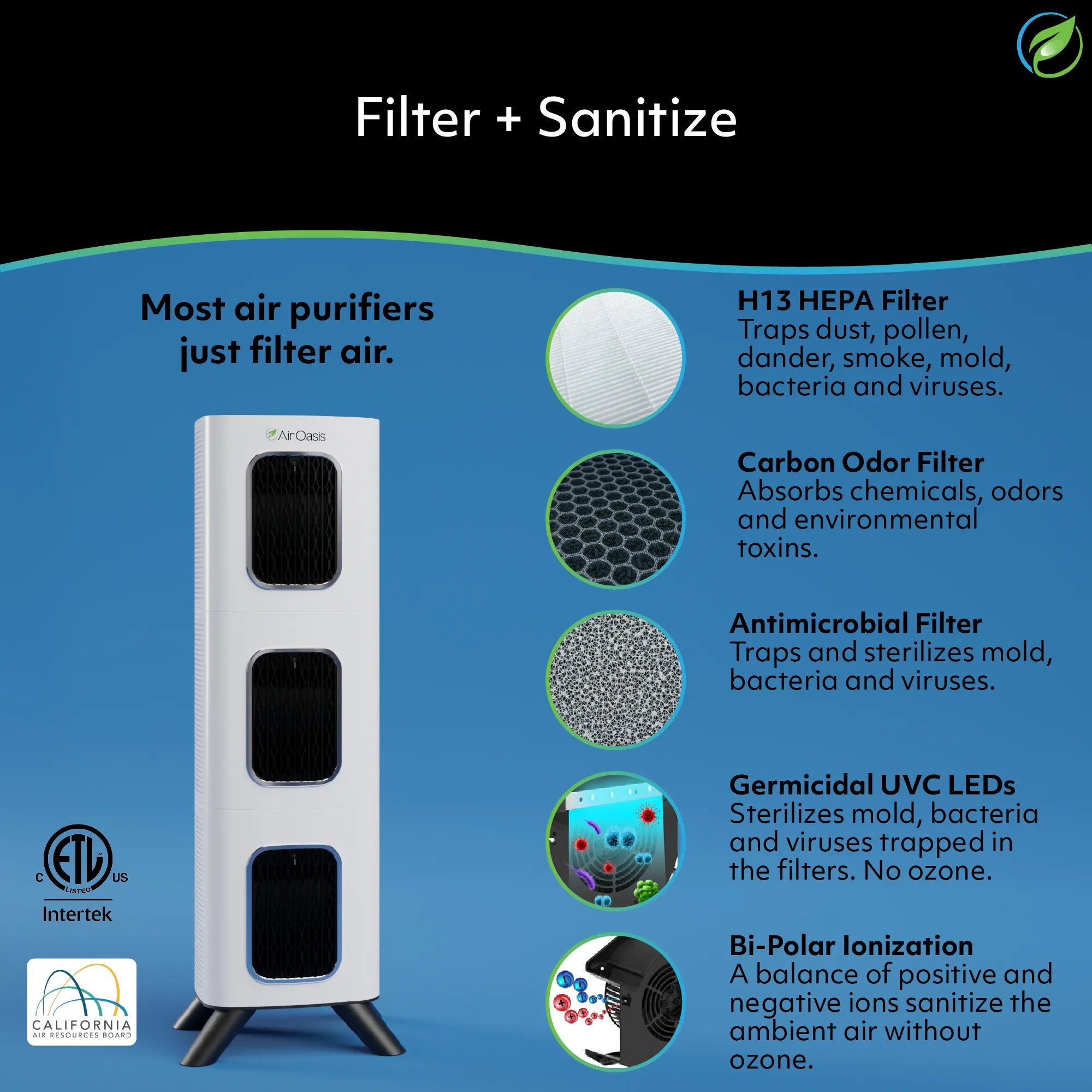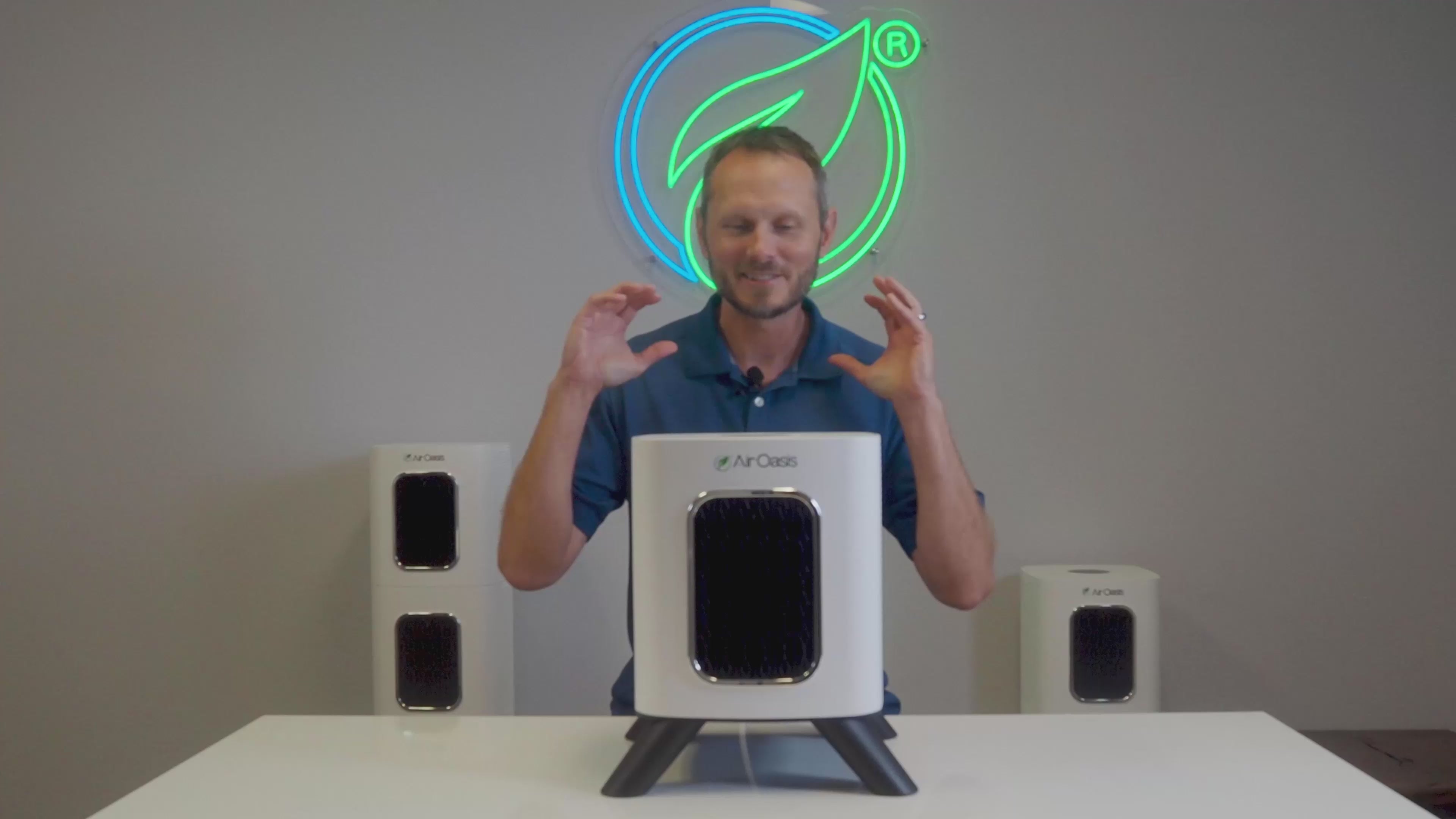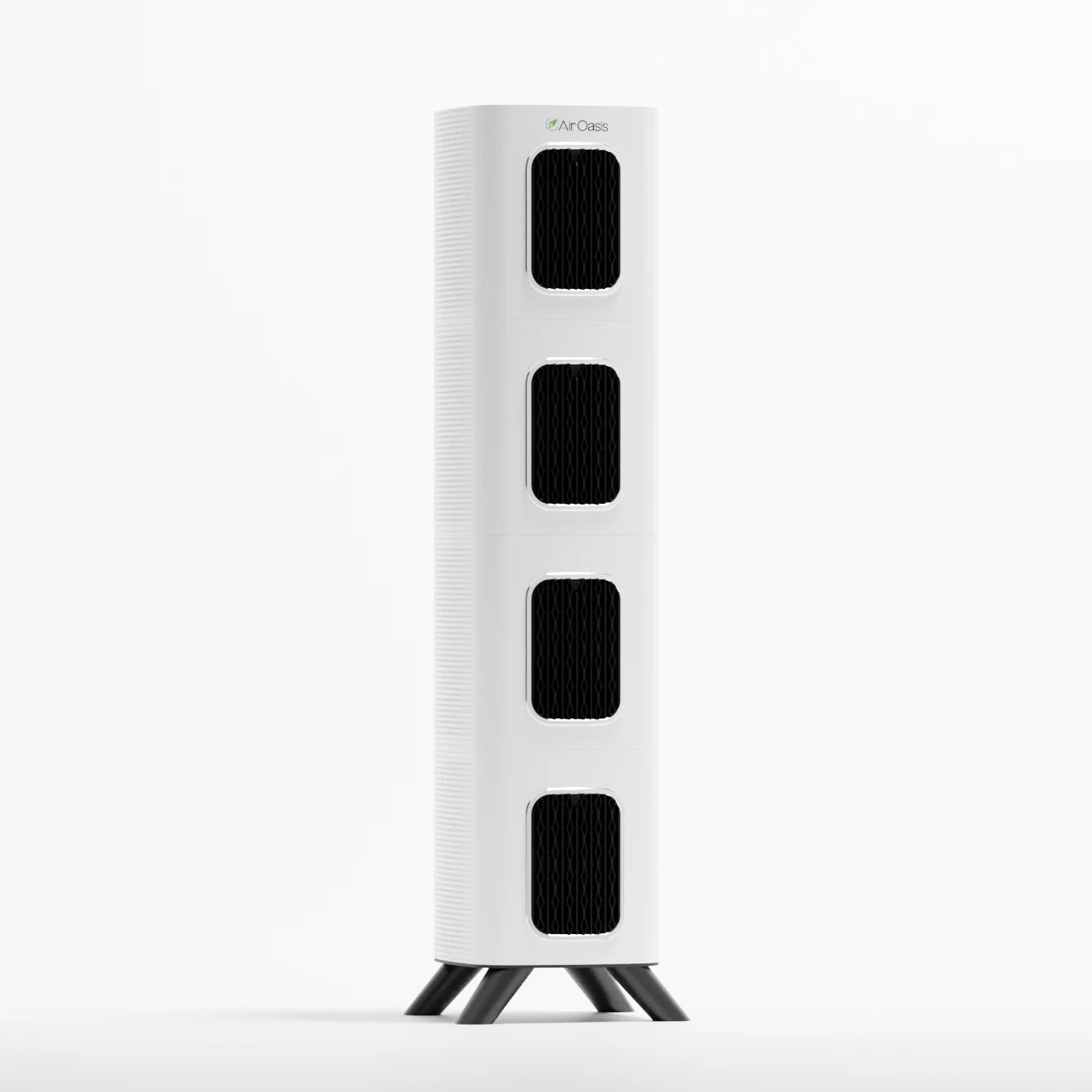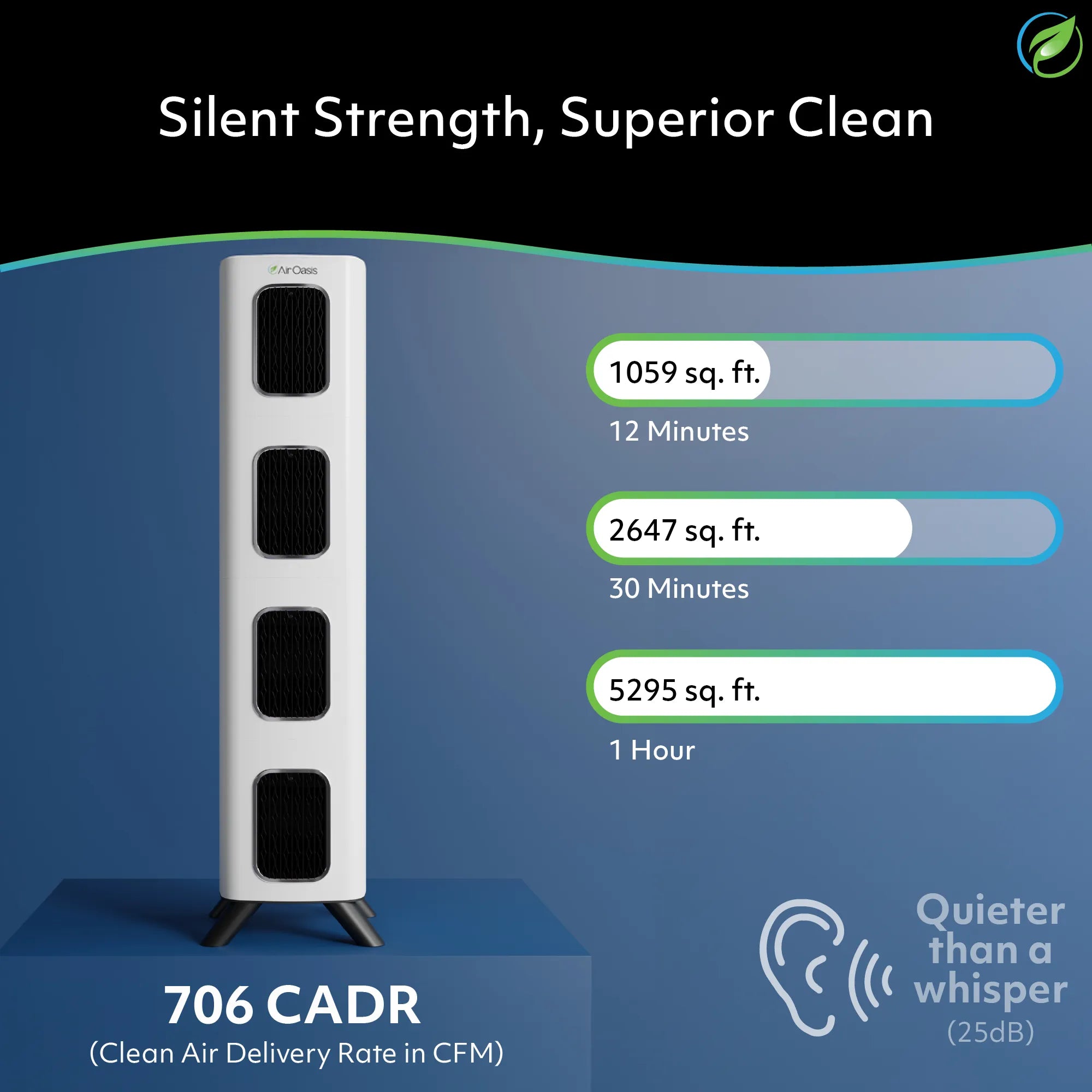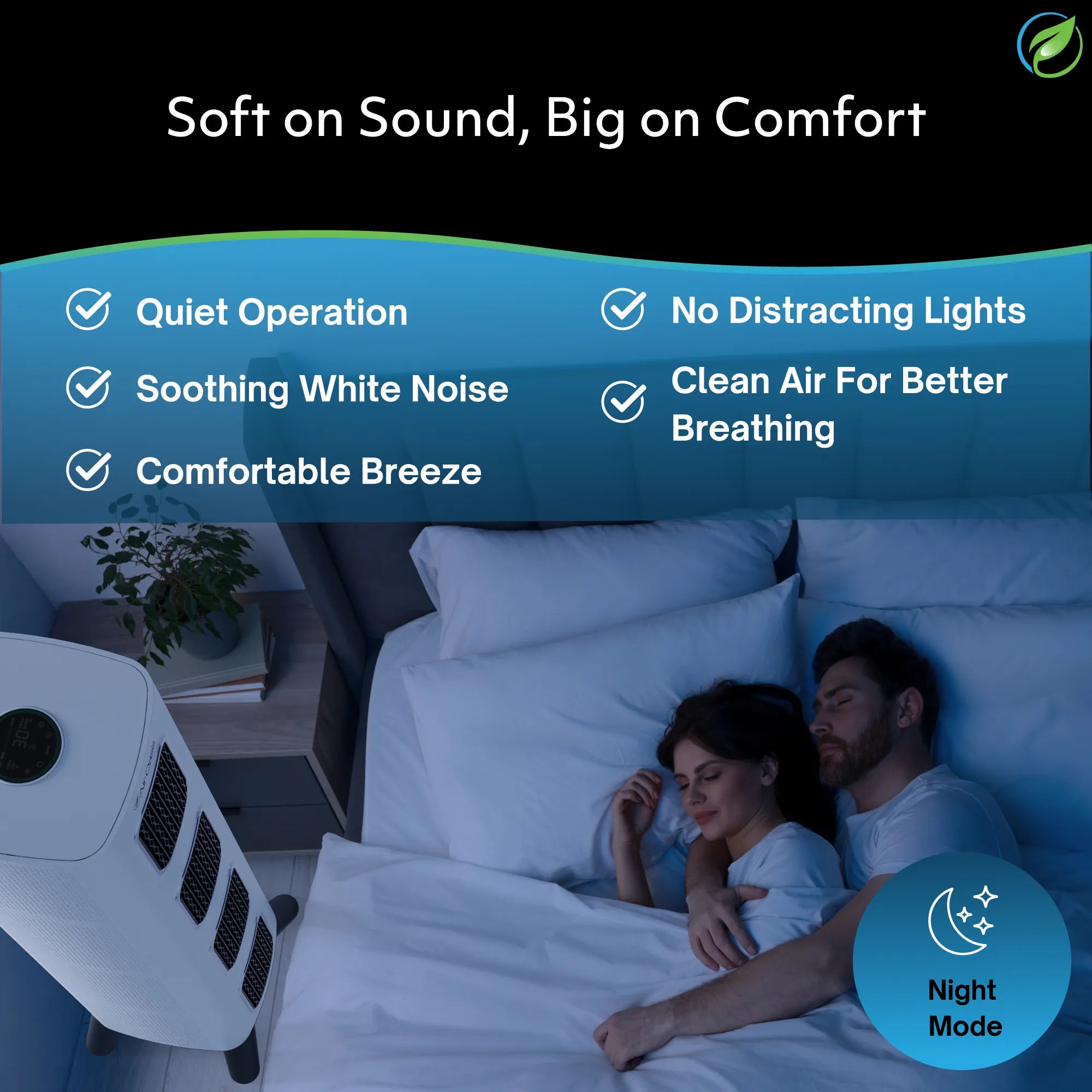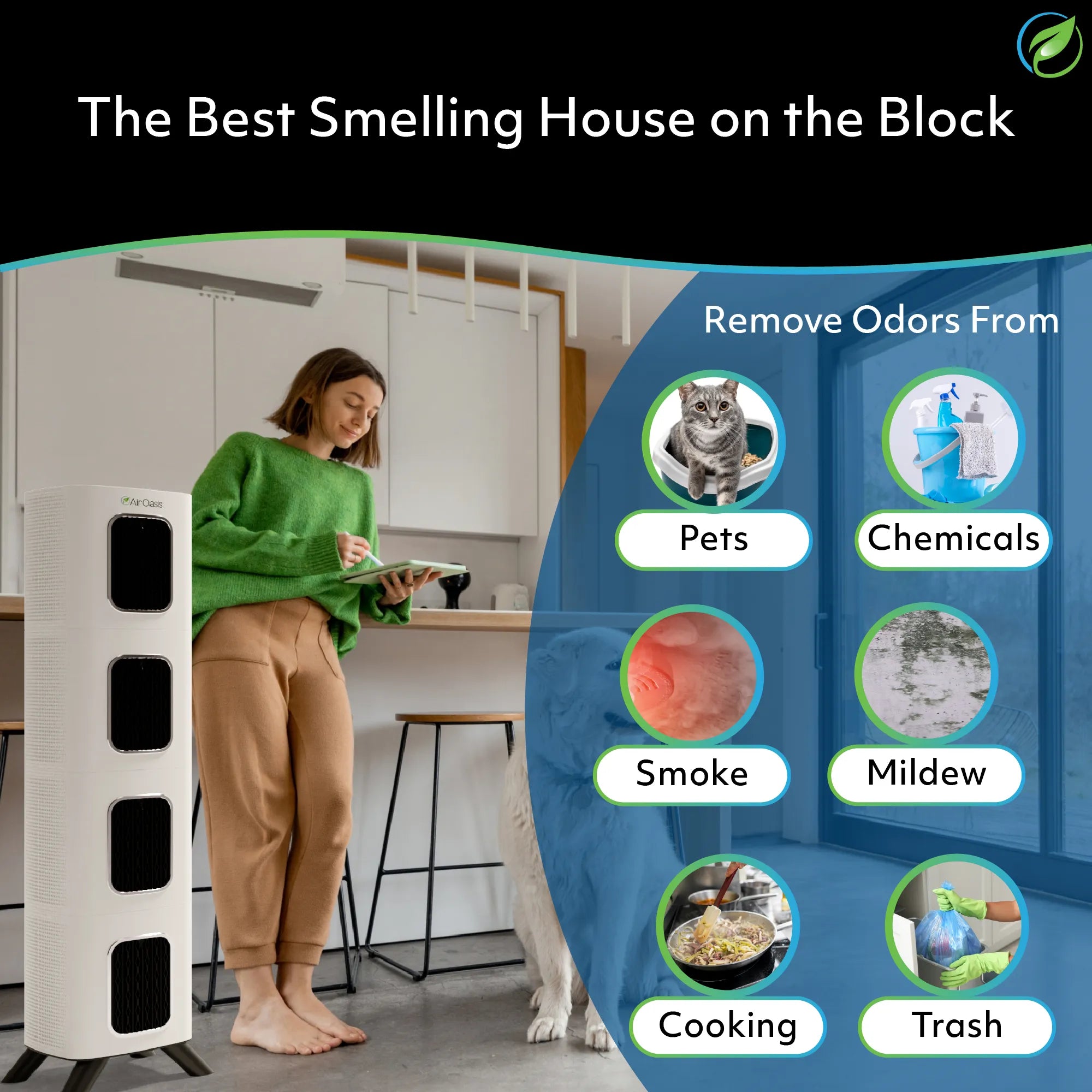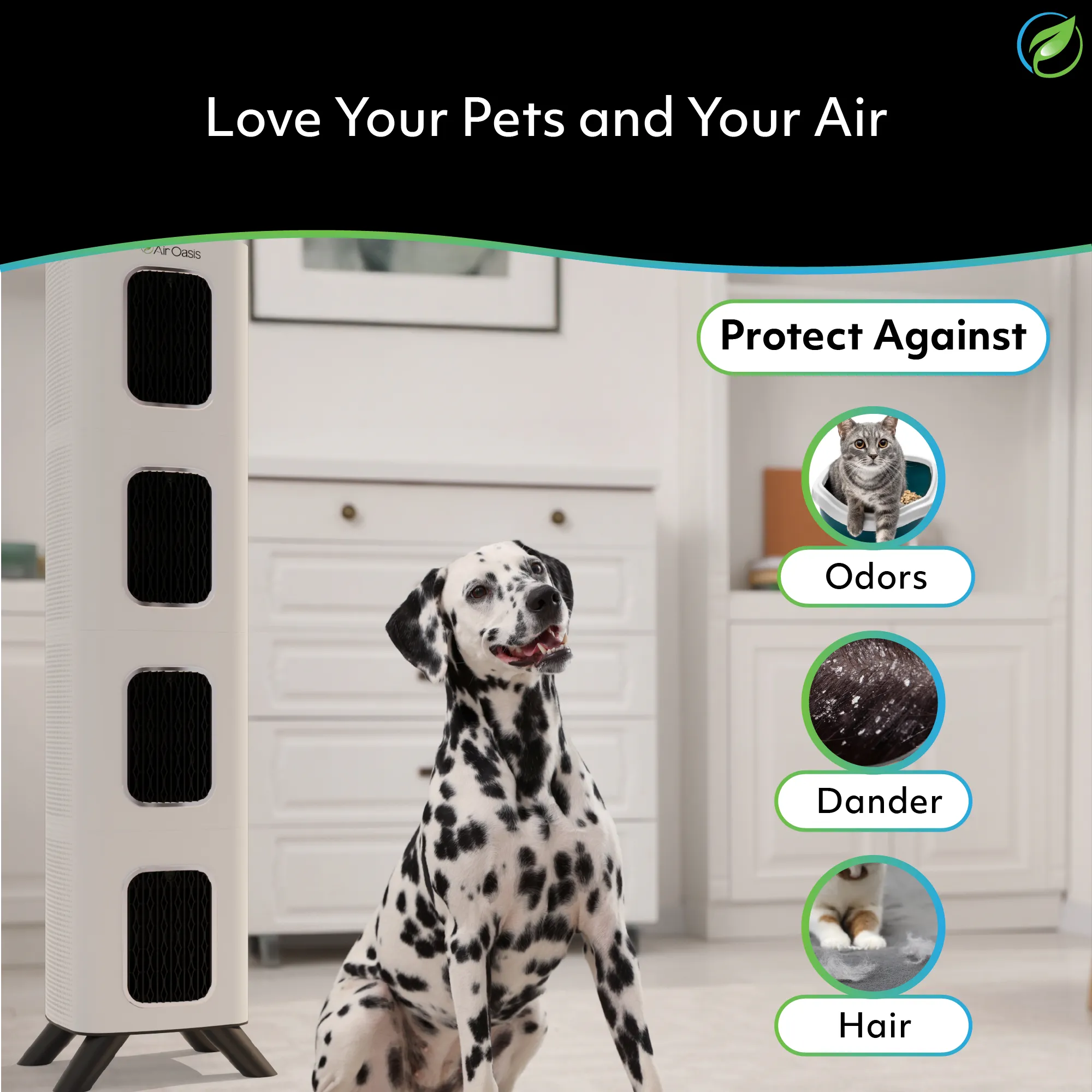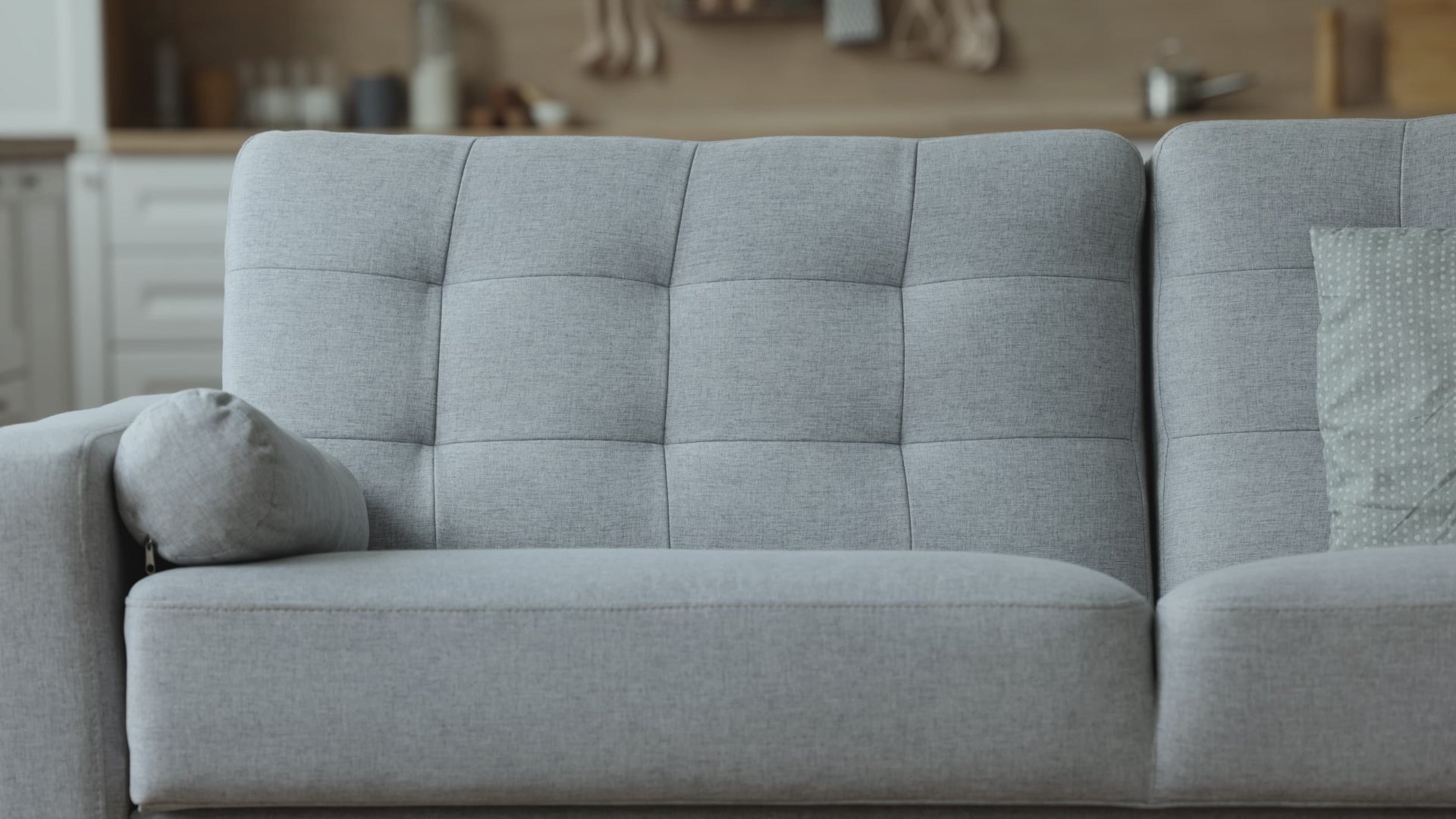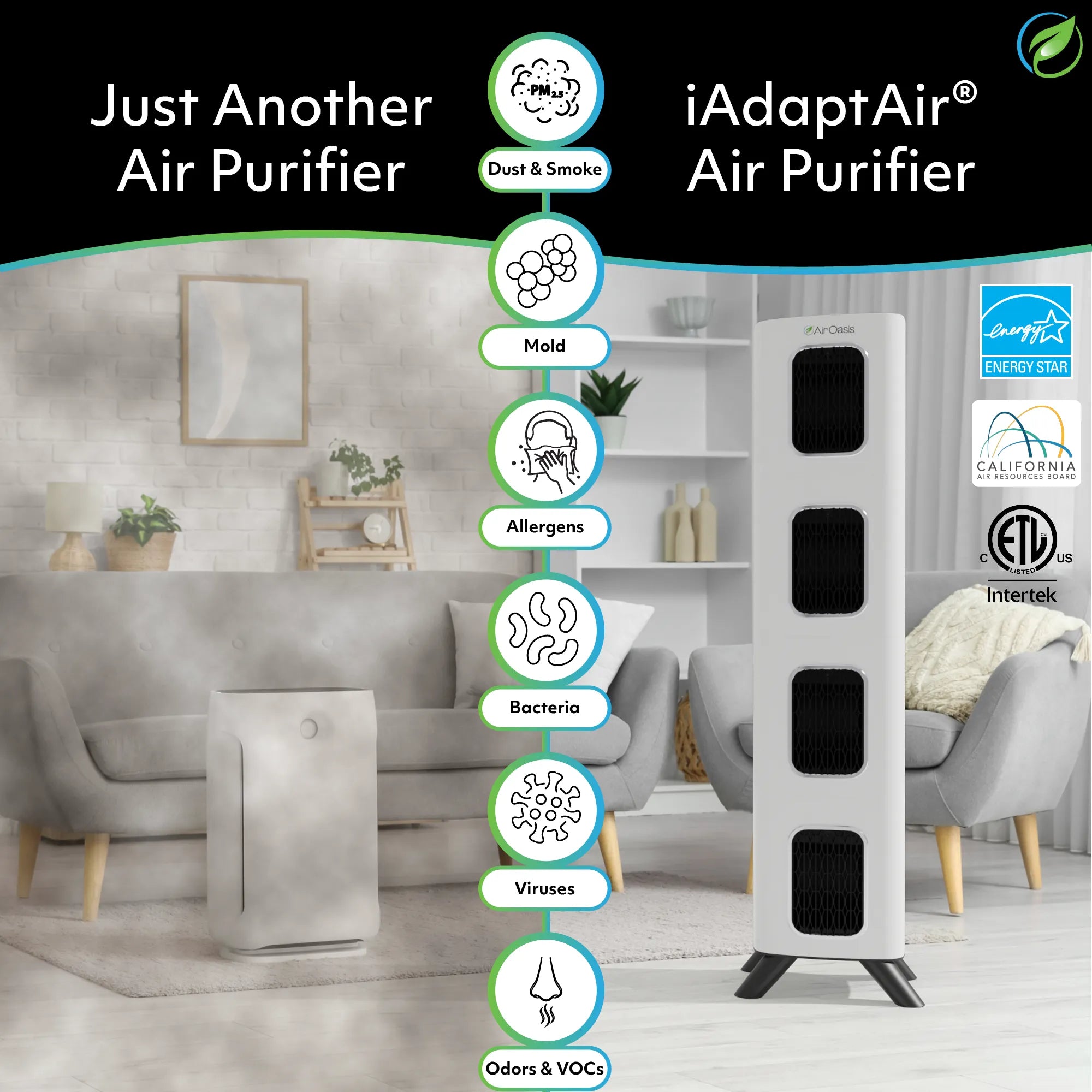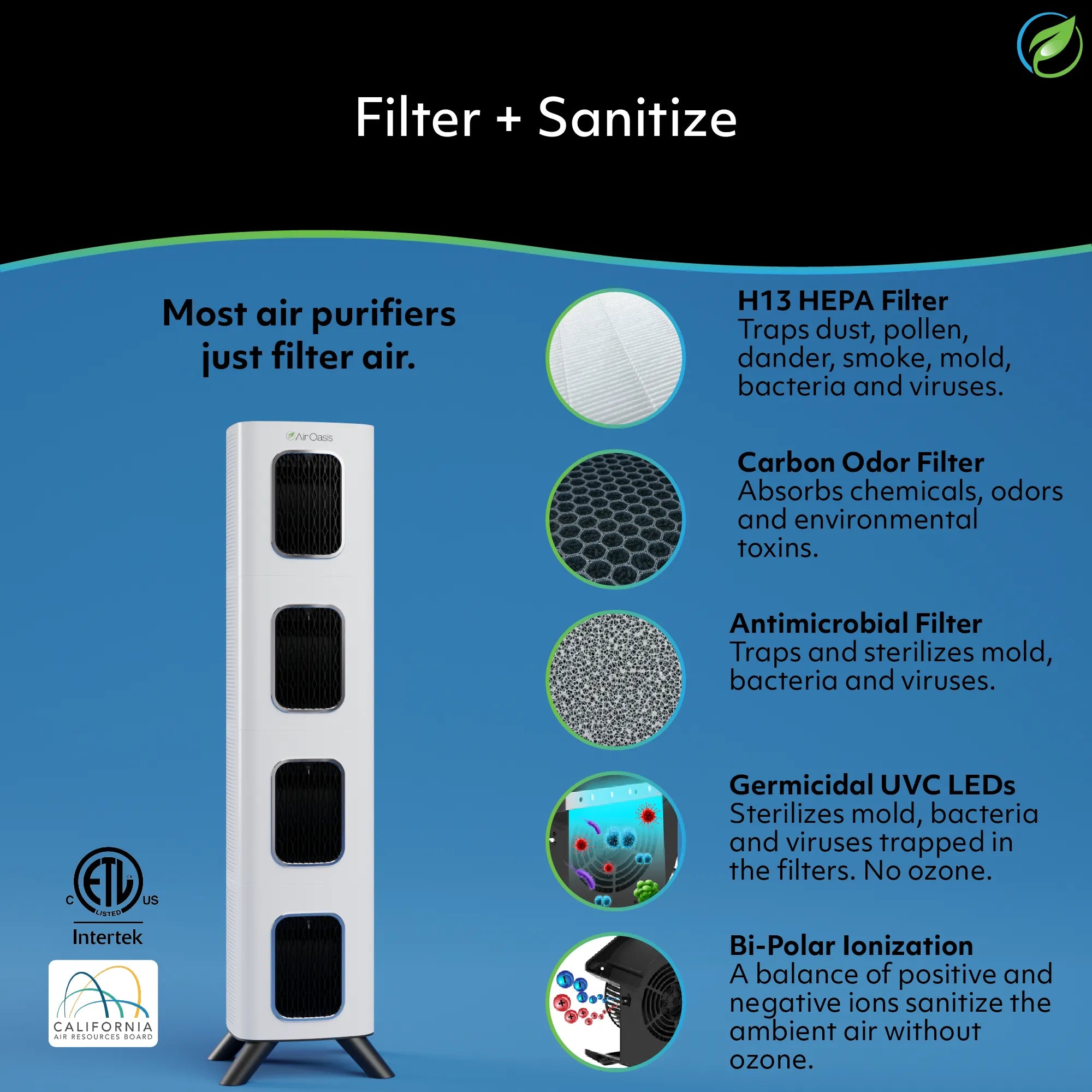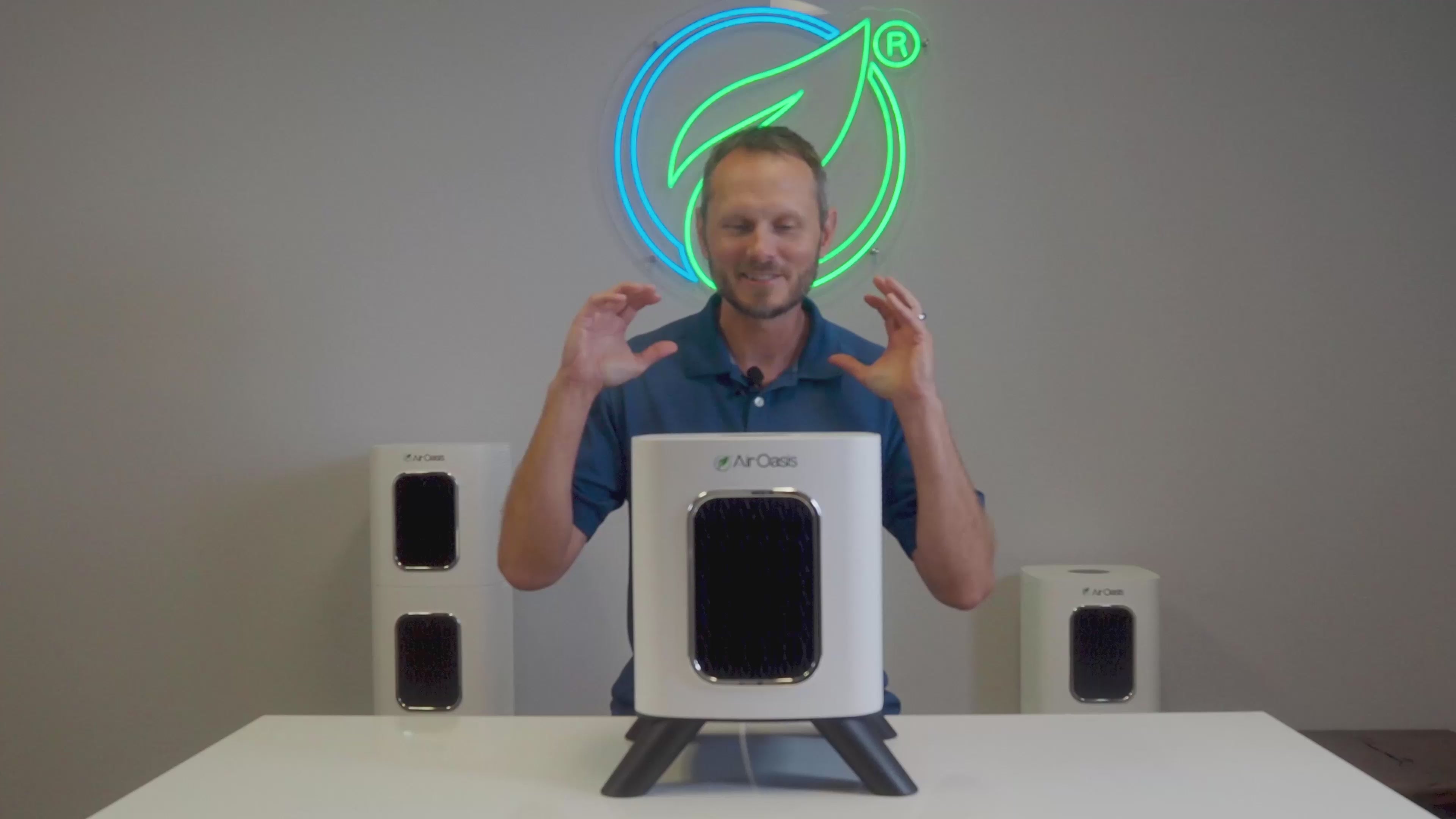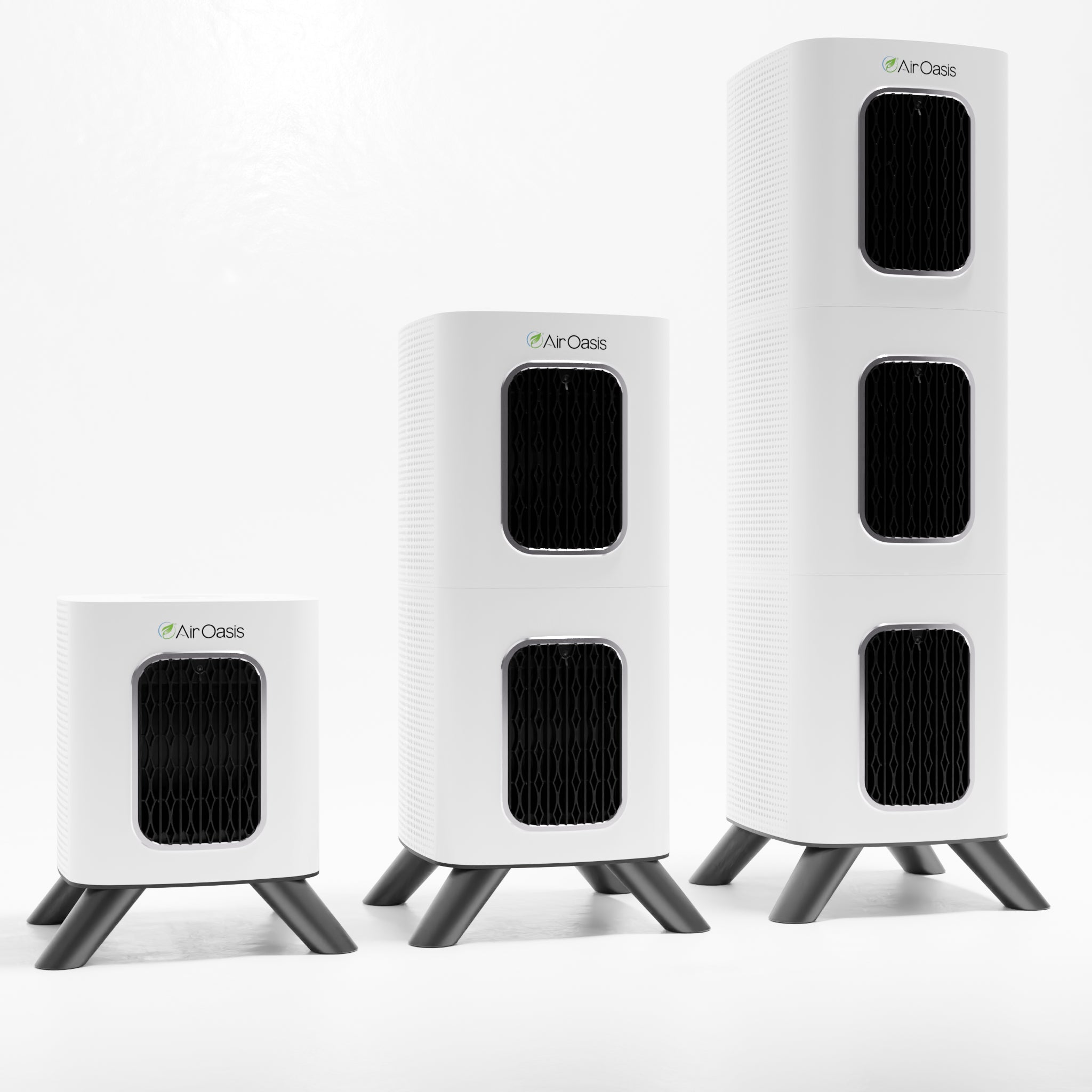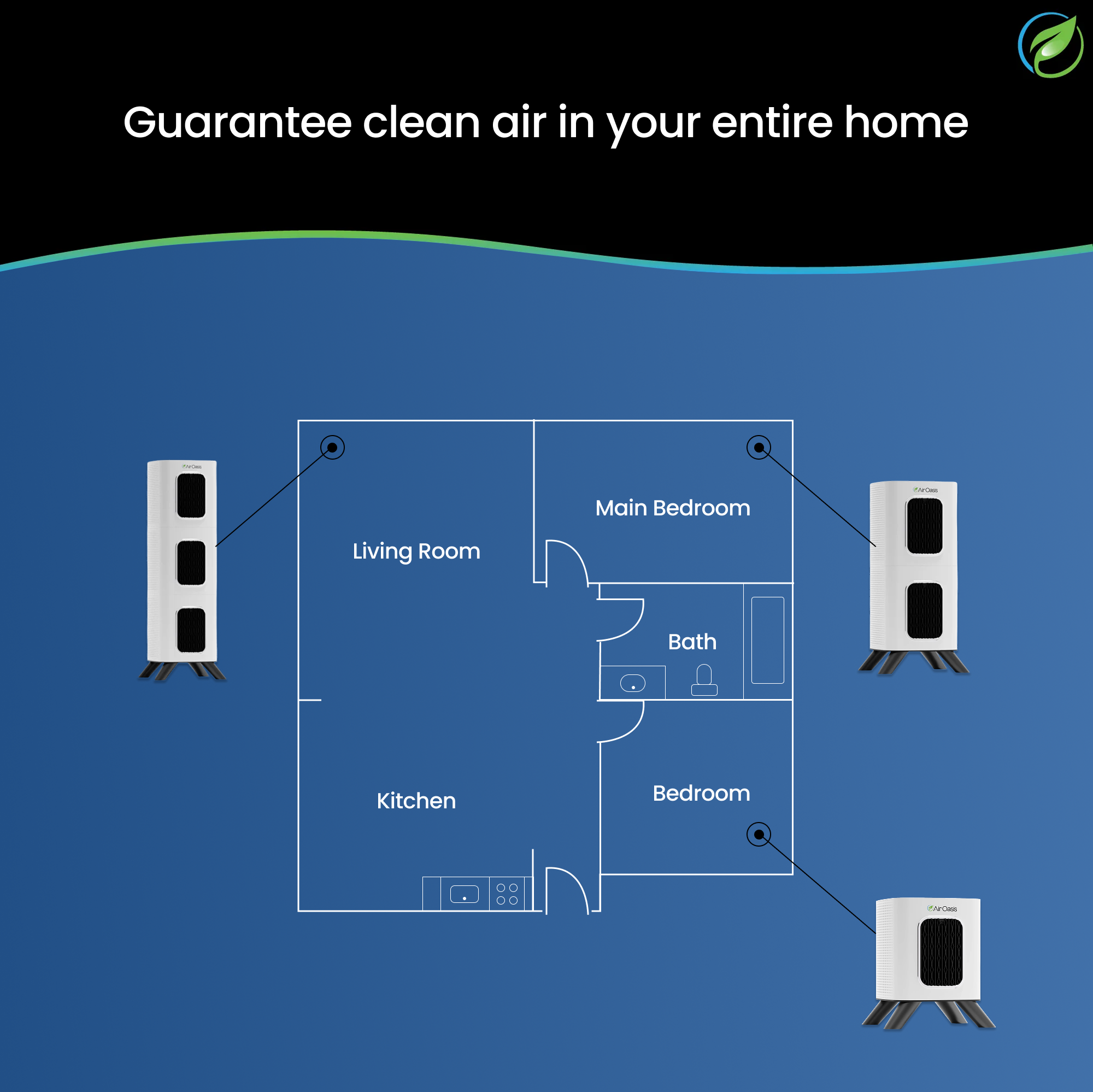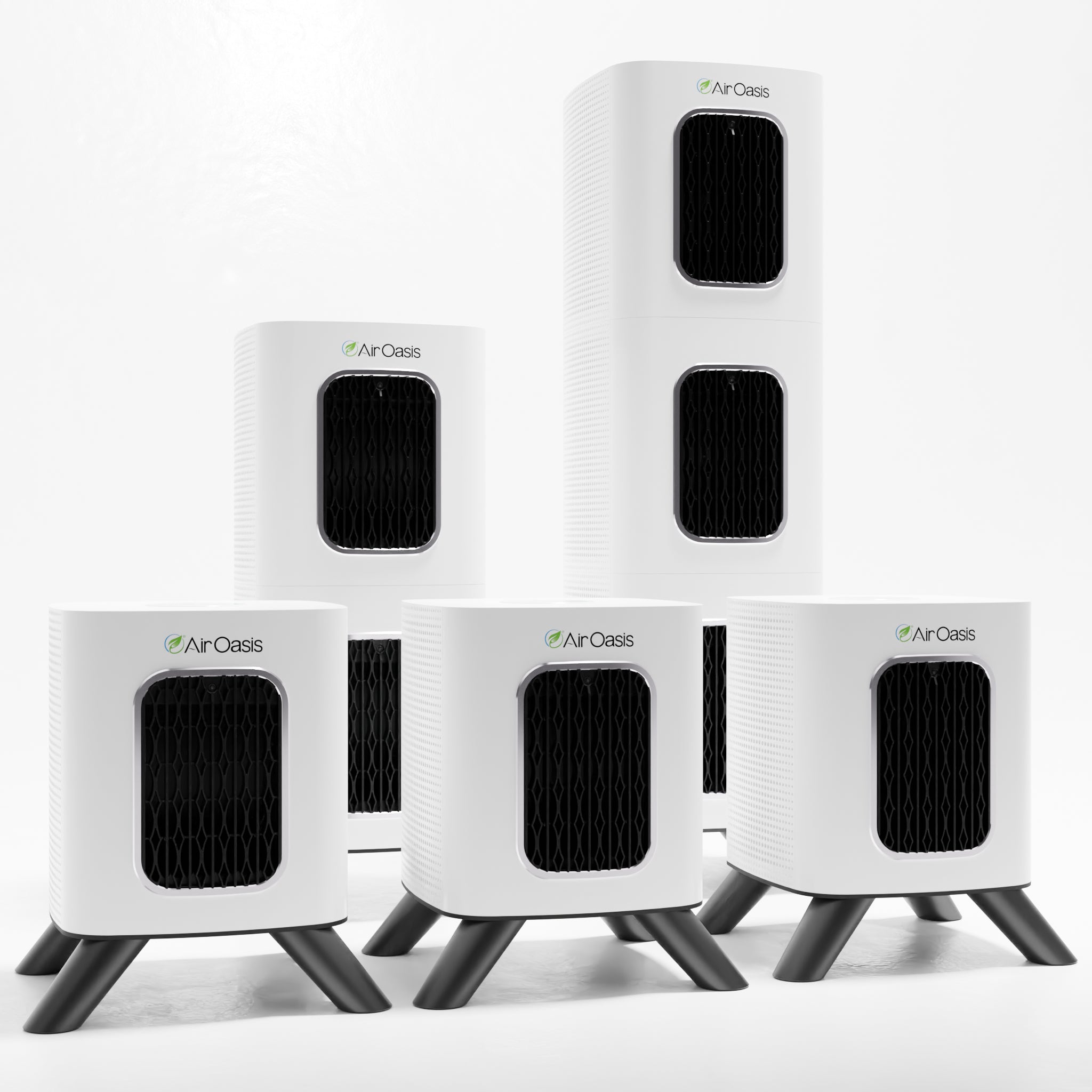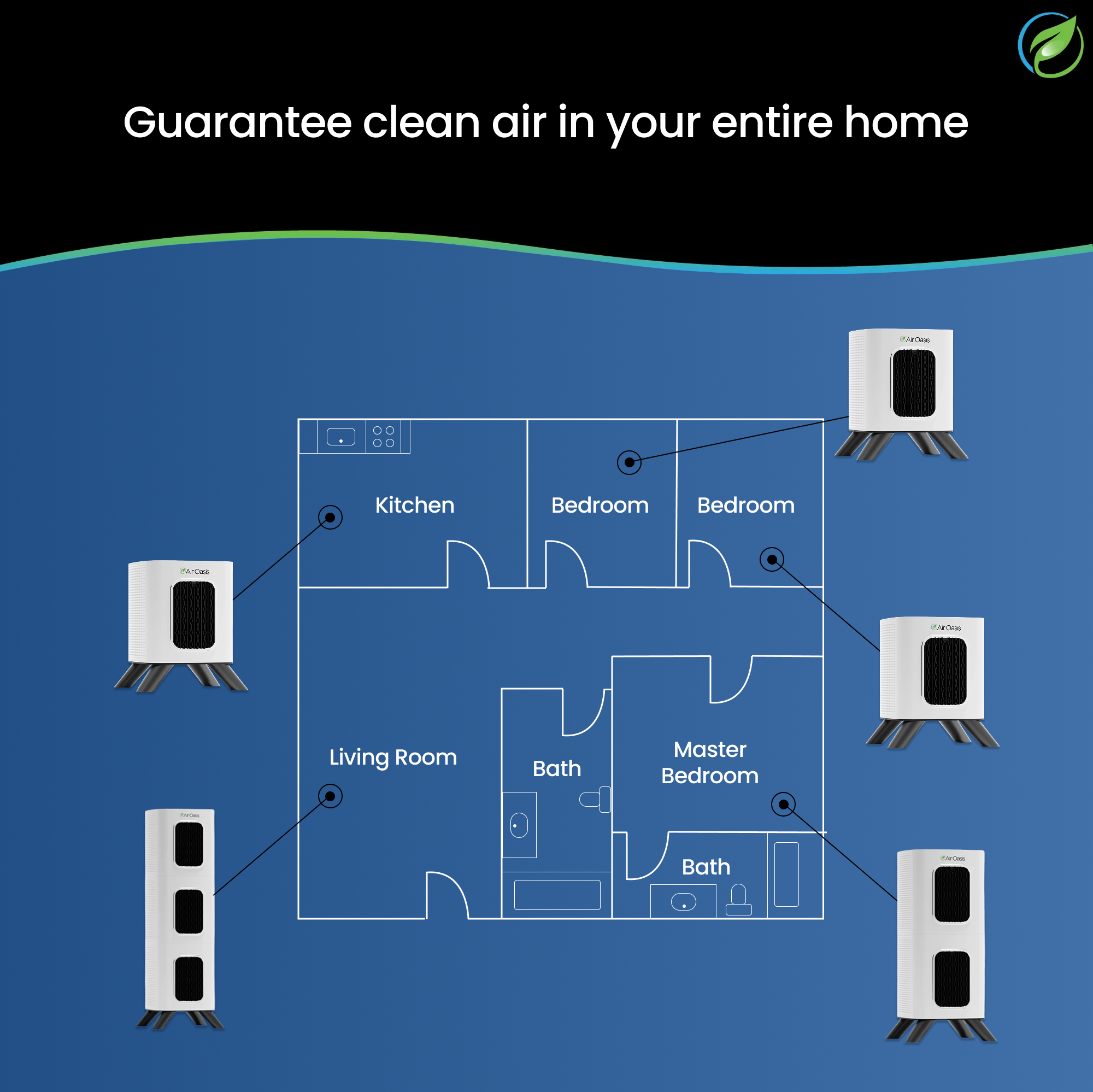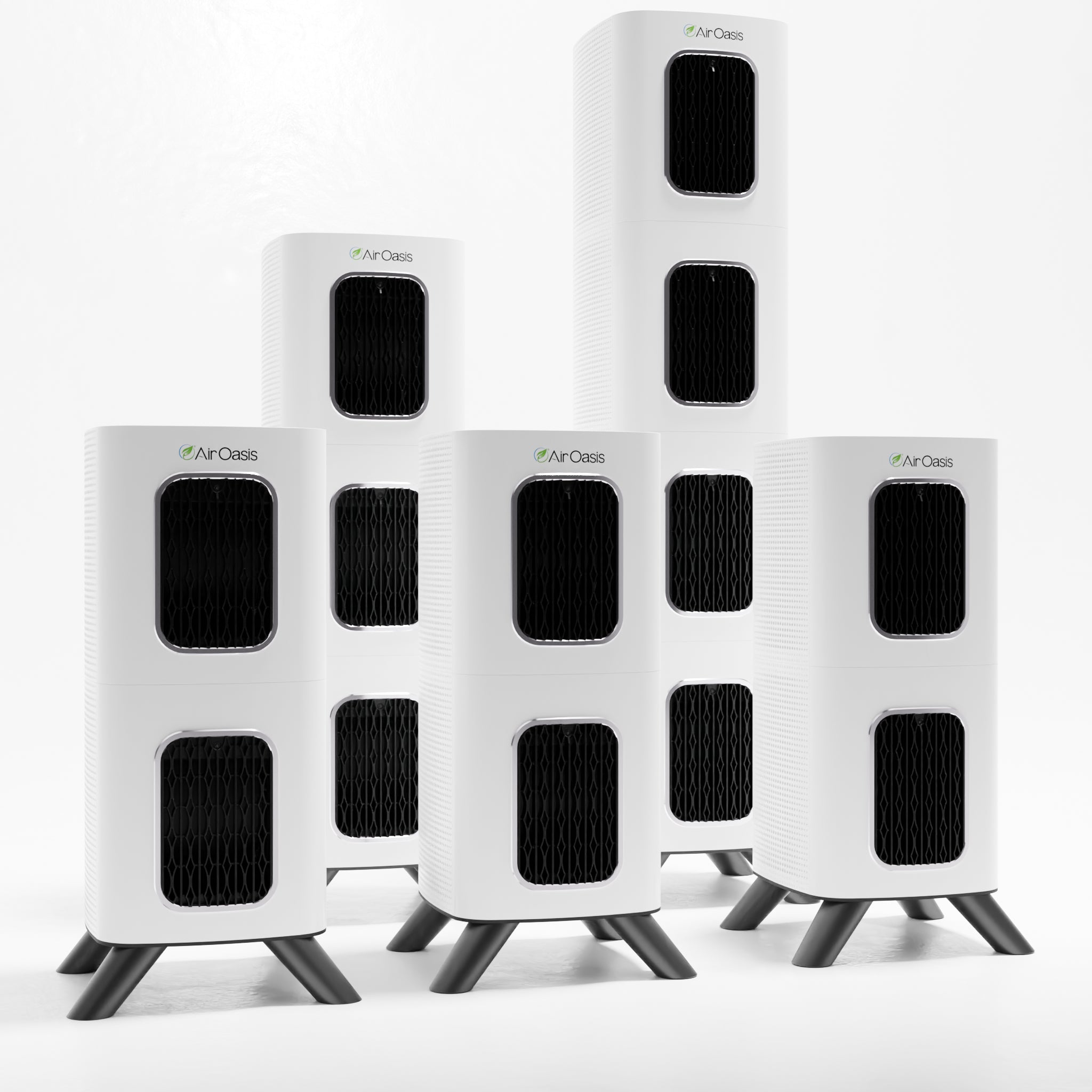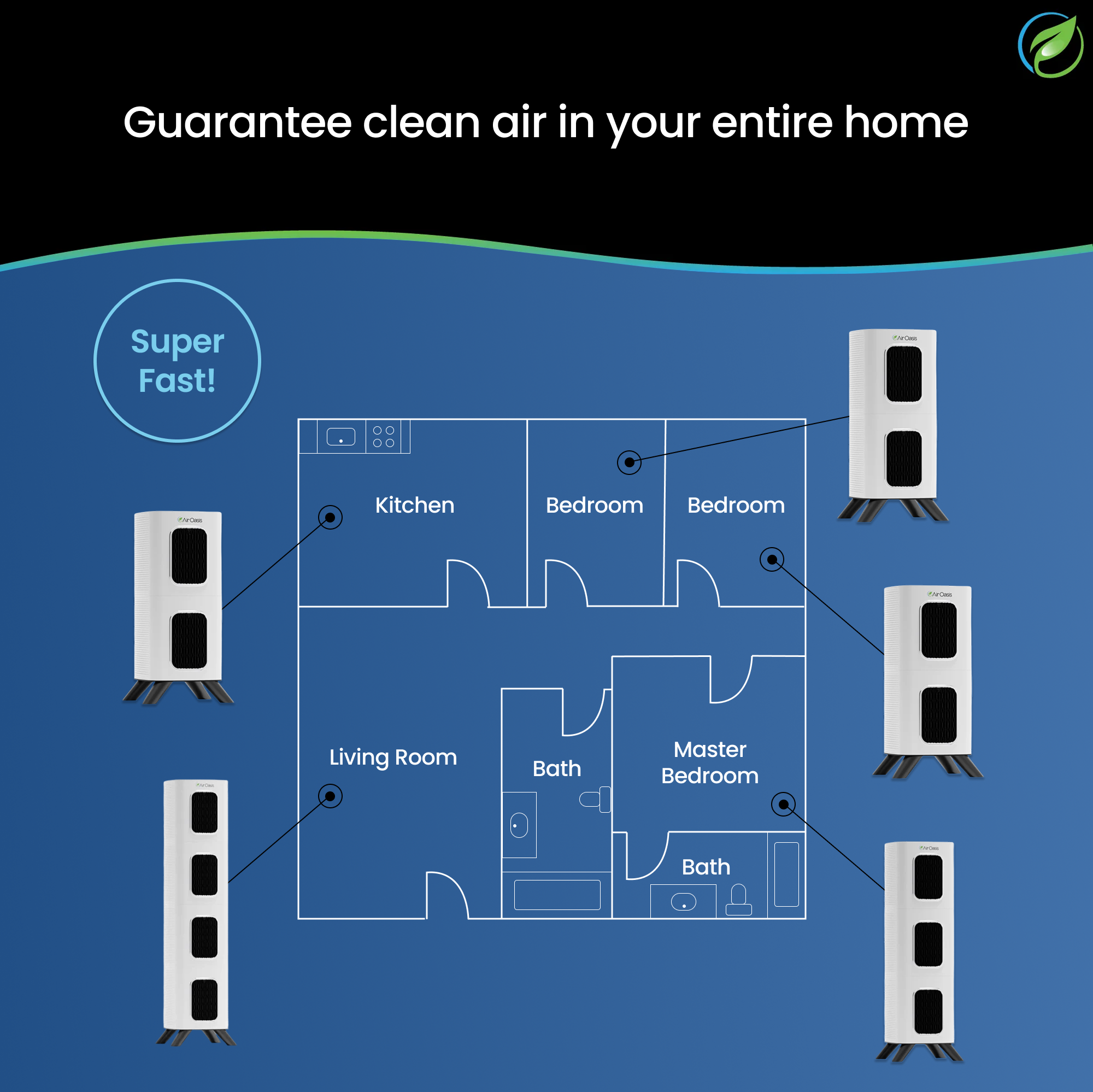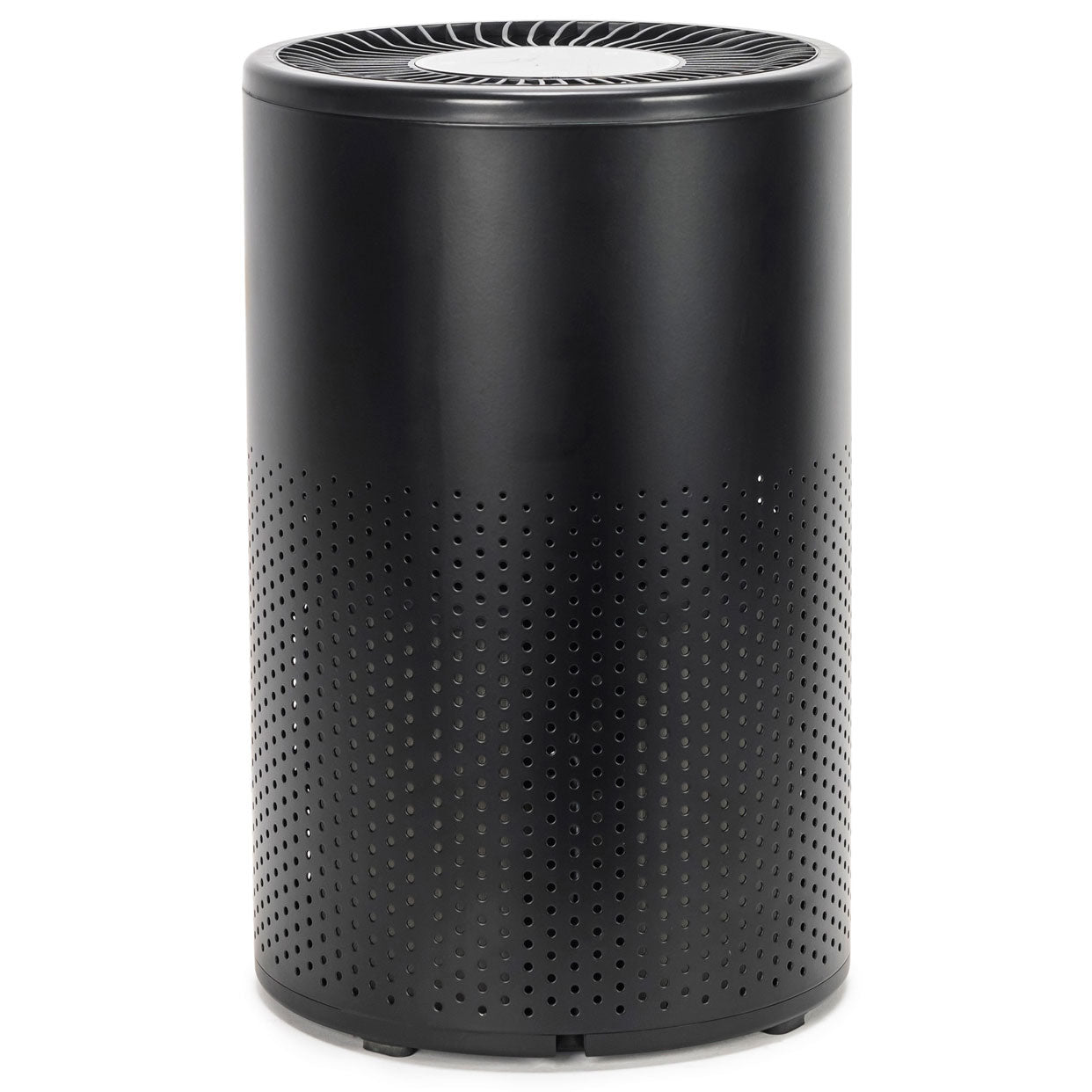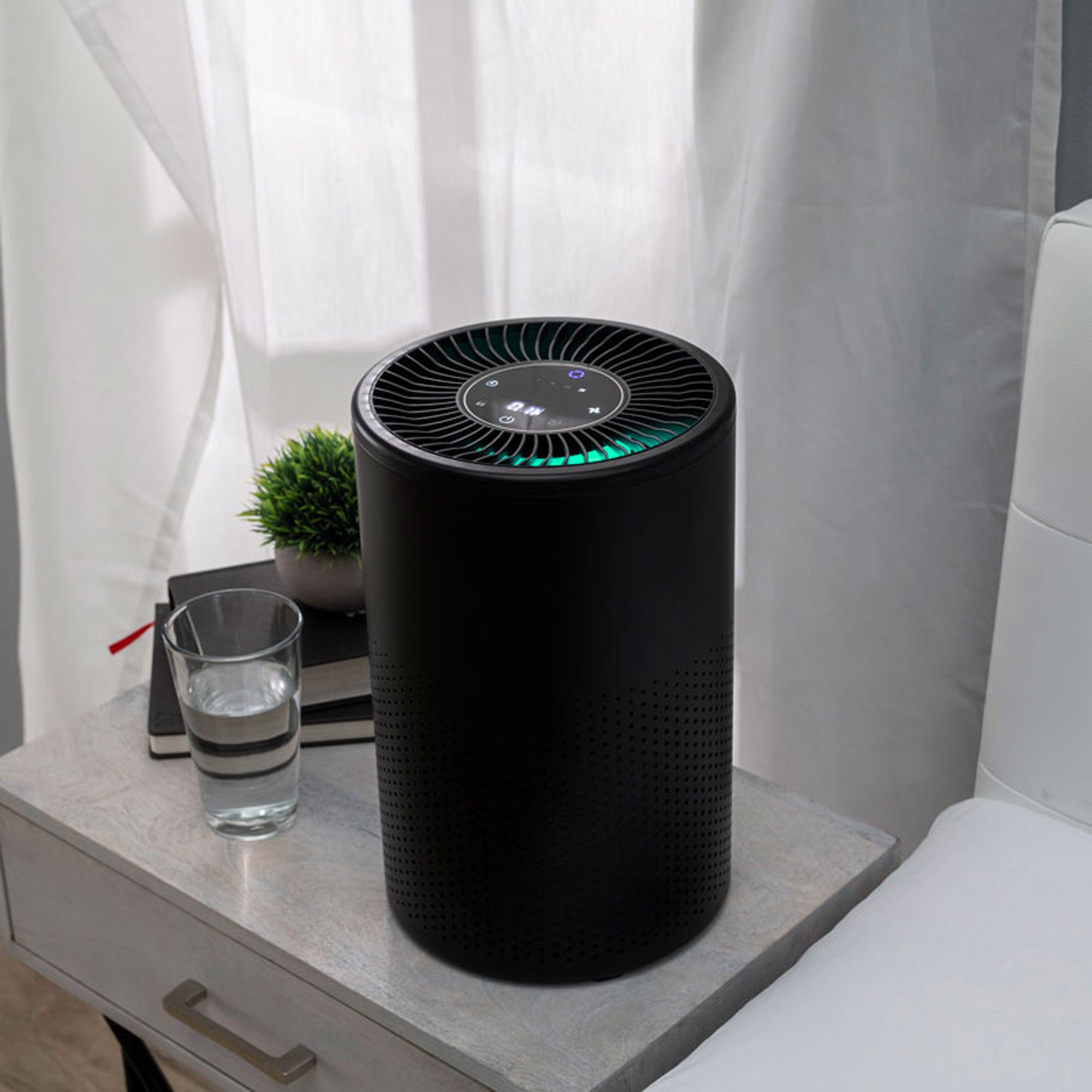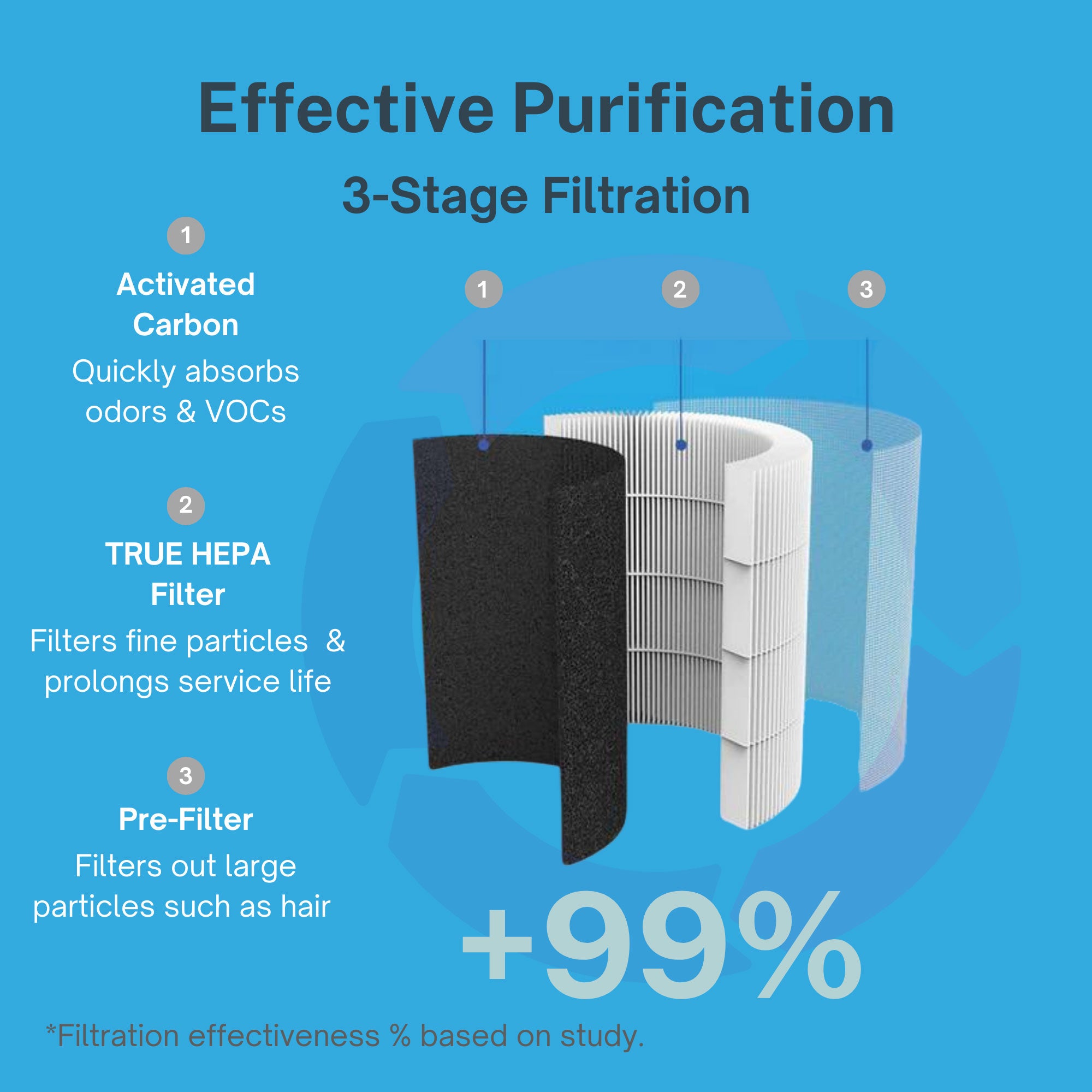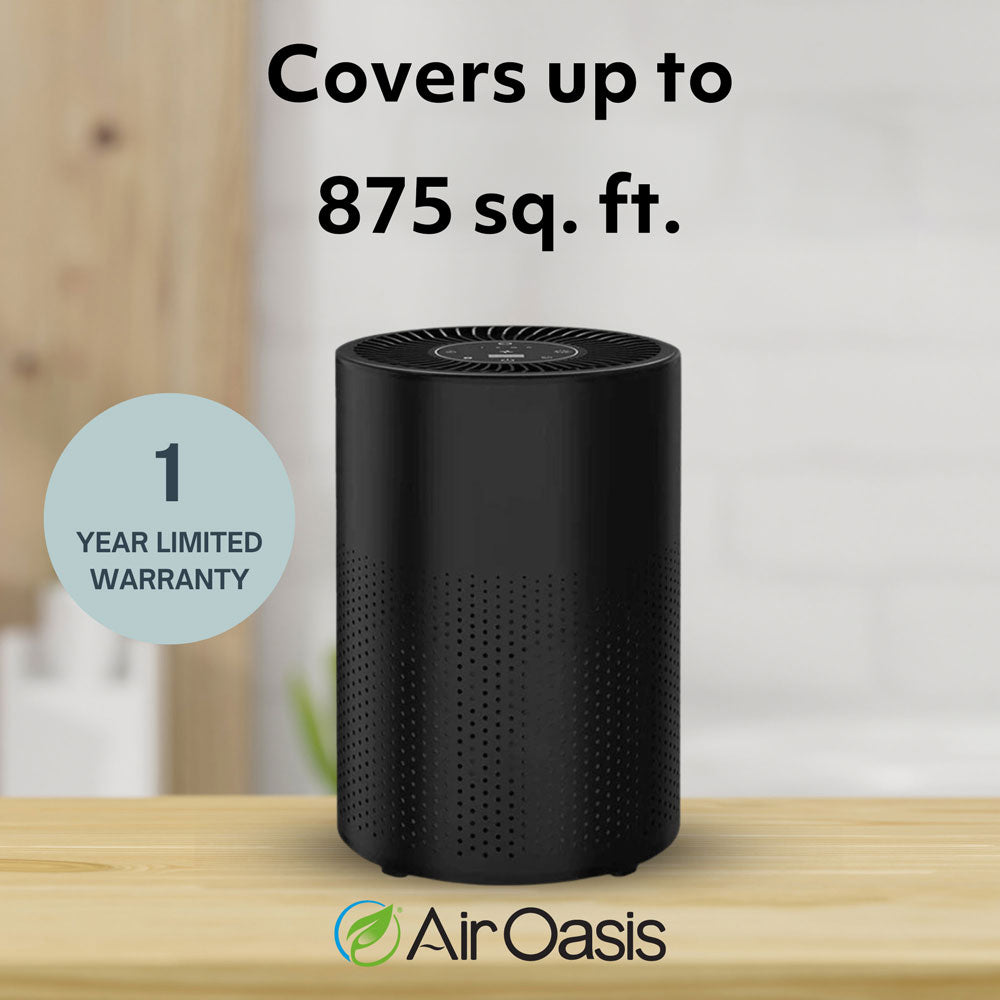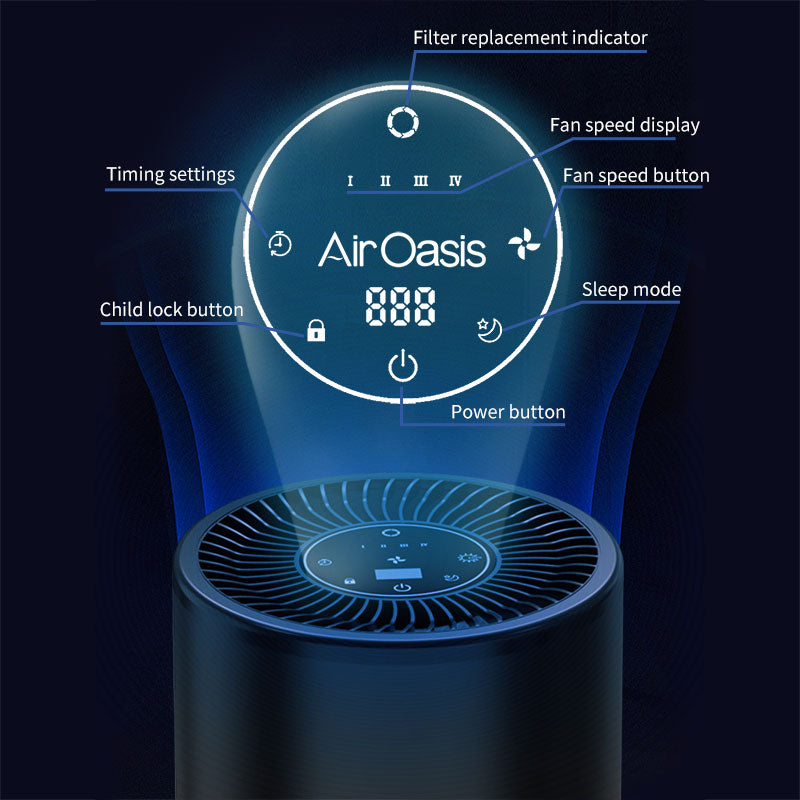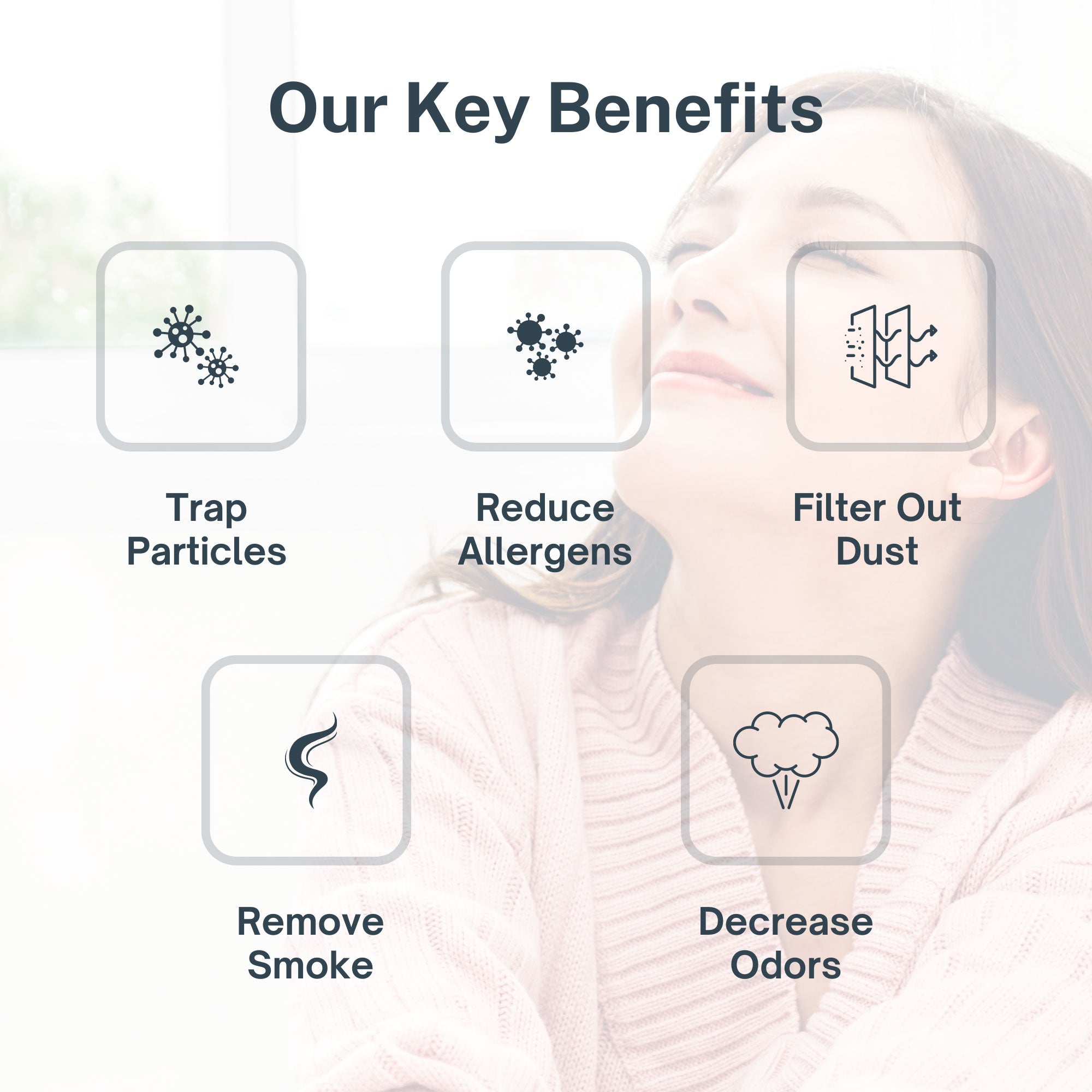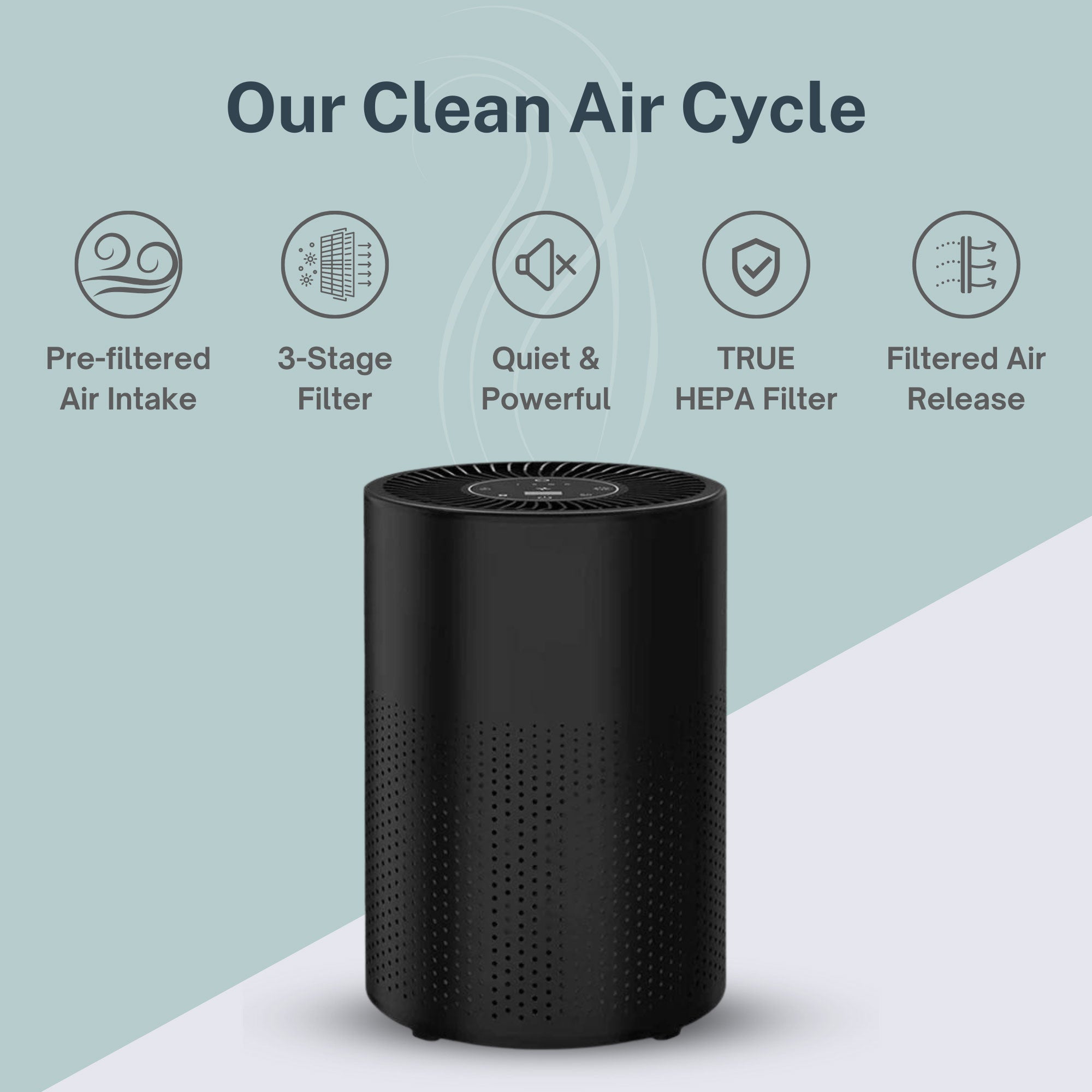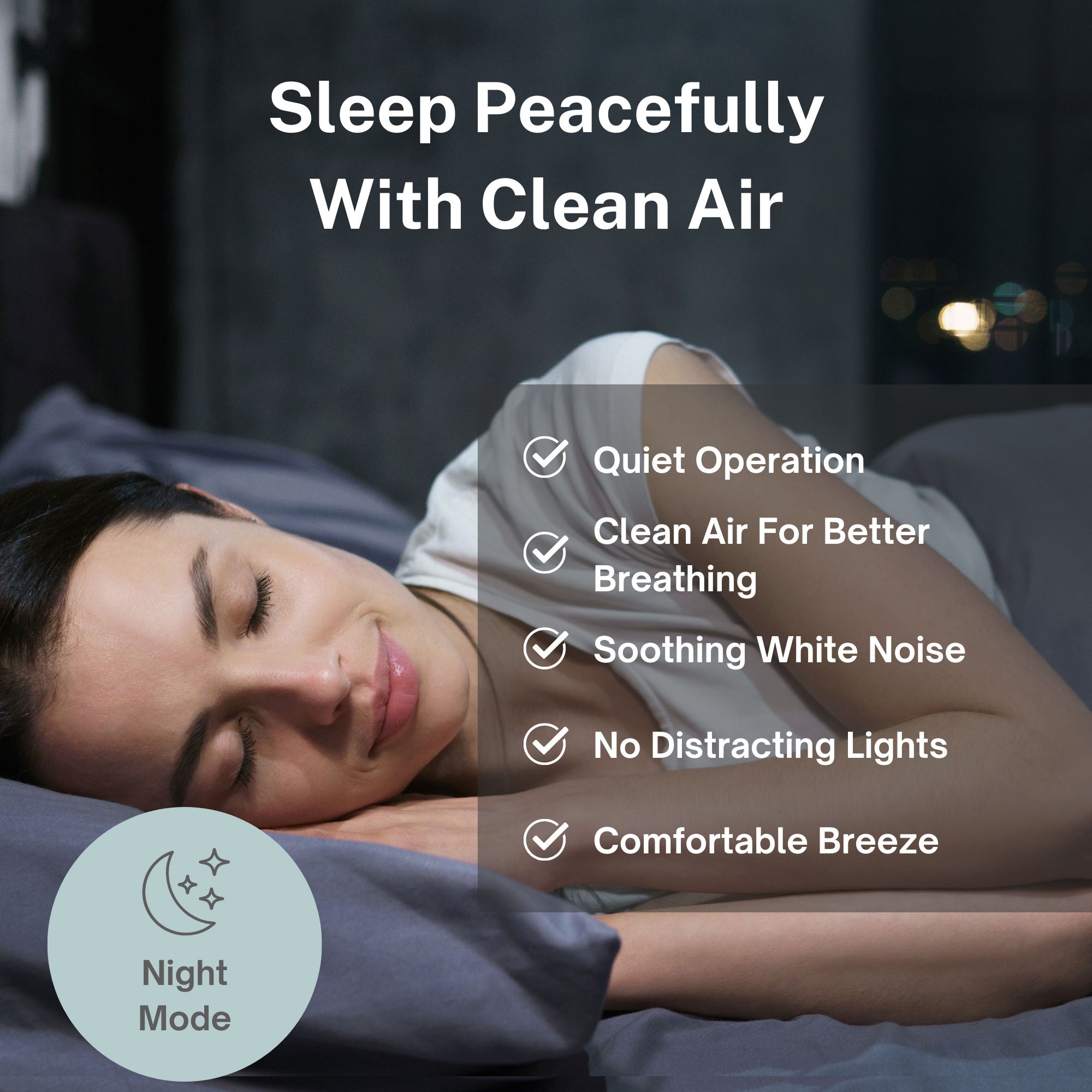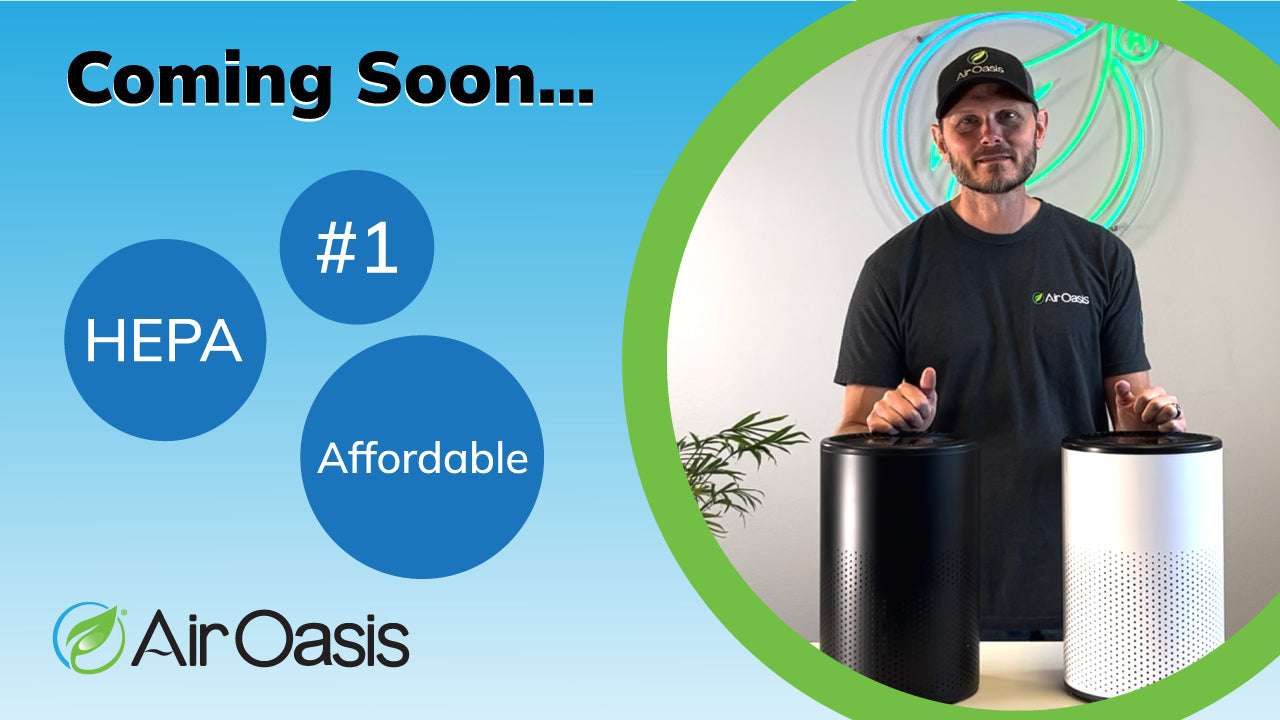How to Tell if Your Air Purifier is Working
An air purifier makes the air cleaner by removing smells, odors, allergens, and more. But, short of a fresher smell to the air, how can you tell if an air purifier is working appropriately? It's a fair question, and one we don't think you should have to guess at.
The crackerjack team at Air Oasis compiled these general guidelines to help you understand if your air purifier is working as expected.
Types of Air Purifiers
What should your air purifier be able to do? That's the first question, and it's determined by what type of air purifier you own. Let's cover that, then we'll talk through how most residential air purifiers indicate air quality.
Here are the types of air purifiers available to homeowners, business owners, medical professionals, teachers, and other people who want a portable option to clean indoor air.
Note: at Air Oasis, we're strong believers in multistage filtration, which means using all of these components together for the ultimate air purification goodness. You can shop our iAdaptAirⓇ line to see air purifiers capable of all of the above.
Ultraviolet Air Purifiers
Some air purifiers use ultraviolet (UVC) light technology to decontaminate air and surfaces by subjecting particulate matter — such as bacteria, viruses, fungi, mildew, and black mold — to ultraviolet light to neutralize the contaminants.
Germicidal UVC air purifiers work best as part of a multi-stage filtration system, and should include a HEPA filter. UVC-only air purifiers are best suited for spaces that use large air filtration systems.
HEPA Air Purifiers
High-efficiency particulate air (HEPA) air purifiers use a fine mesh filter to trap small airborne particles, such as pollen, dust, bacteria, mold, and other contaminants.
This type of air purifier is widely regarded as one of the best air purifier options, as it is simple to use and works well in a variety of spaces.
Carbon Filters
Adding a carbon or activated carbon filter to your HEPA air purifier provides an extra layer of protection through its ability to trap small contaminants, volatile organic compounds (VOCs), odors, and gaseous pollutants from the air.
Ionic air purifiers
Bi-polar ionization, or cold plasma ionization, reduces contaminants in the air and on surfaces using low-voltage electricity to create a blanket of charged particles (negative ions) throughout the room.
This is a safe yet very powerful process to eliminate large quantities of unwanted particulates in the air, and works well in a variety of spaces.
Read more about this high-tech approach to air purification: Ionic Air Purifiers.
Indoor Air Quality Test
Most air purifiers are now high-tech enough to measure air quality. Air Oasis air purifiers feature a simple light system that indicates air quality at any given moment. When you turn on your air purifier for the first time, the air will circulate through the unit for a couple of minutes. Sensors inside the air purifier measure the quality of the air, which illuminates a light.
Our air purifiers have three lights - green, yellow, and red:
- A green light indicates good air quality
- A yellow light indicates moderate air quality
- A red light indicates poor air quality
As your air purifier runs, it may switch between these signals based on the quality of the air at any given time. This air quality monitor is helpful to understanding how clean the air is.
Note: Other air purifiers on the market may have a filter indicator that will light up when the filter needs to be replaced, but typically don't mention how good or bad your air quality is until it's time to change your filter. Some other air purifiers don't have an air quality or filter indicator at all.
Not having an air quality indicator makes it difficult to measure the air quality of your room and how well your air purifier is working.
Measuring Air Quality
Indoor air quality is measured using an indoor air quality (IAQ) index, which scans for air pollutants. The scale runs from 0 to around 500, with a typical home valued at a level of 100. The lower the number, the better, indicating fewer pollutants. The inverse indicates a higher level of pollutants, up to a hazardous level.
There are ways to measure your IAQ with moderate reliability, such as with at-home test kits.
VOC Sensors
Tools like a volatile organic compounds (VOC) sensor will measure the concentration of VOCs in the air, while indoor air quality monitors will typically track particulate matter, chemical pollutants, and humidity.
Some may track carbon monoxide, carbon dioxide, or formaldehyde levels, depending on the device.
Mold Tests
Mold tests are also available, but with limited reliability. These work by setting out a petri dish and evaluating if mold grows on it—if it does, well, your home or office has mold.
Significant mold buildup in the home is something to be concerned about. Mold can seriously impact your health, whether your family experience symptoms or not.
Carbon Monoxide and Radon Tests
Carbon monoxide alarms are required in any home, and vital to protecting people from exposure to this dangerous gas. Radon tests are more typically seen in offices, but you can buy them online and at most home improvement stores. Radon tests are used if a problem is suspected.
Troubleshooting Your Air Purifier
If you are questioning whether your air purifier is working or not, there are some things you can try to troubleshoot. Here are some of the most common problems and ways to troubleshoot your air purifier.
Problem: Air Purifier Not Circulating Air Properly
First, check if your air purifier's fan is spinning. Can you feel the flow of air coming out?
If it is not spinning, shut off your appliance and check inside for any blockages that may prevent the fan from spinning. Make sure that the vent on your air purifier is not blocked.
Check the dust guard after you turn off your air purifier to see if there is dust buildup, which may slow your appliance. Clean this guard (you can safely use a dry rag), then turn the air purifier back on and test the fan.
If your air purifier is making a loud noise, or the fan continues not to spin or is spinning slowly, you should contact customer service for assistance with your appliance because this means that your air purifier is not working as it should.
Air Purifier is Running Slow or Sporadically
Sometimes your appliance just needs a simple reset. Try turning off your air purifier and turning it back on - then check if your air purifier is working properly again.
If this doesn't work, turn off your air purifier and try plugging it into a different power source, as the problem may be your outlet.
If none of these solutions work, you should contact customer service to see if you need a replacement.
The Filter is Clogged
HEPA filters use mechanical processes to capture particulates in the air. This means that the filters will become packed and need to be replaced. Air Oasis air purifiers are equipped with a handy light system that notifies you when you need to replace your filter.
When the light on your Air Oasis air purifier turns red, it is time to change your filter.
Do this by shutting off your appliance, opening the filter cover, and replacing the old filter with a new one. After the replacement, press and hold the “Filter Replacement Reminder” for 3 seconds to reset it.
Smelly Air Purifier
If you no longer smell clean, fresh air (or nothing at all), your air purifier may be worn down or need a filter replacement. Replace the filter while the appliance is shut off. Turn it back on and it should be free of odor.
In rare events, your air purifier may have condensation or mechanical failure. In that event, it may be time for a full replacement.
Air Purifier Replacement Components
Air purifier components may need to be replaced from time to time. Replaceable air purifier components depend on the type of air purifier you have. We already mentioned that HEPA filters will need to be regularly replaced. You may also need to replace a UVC lamp bulb or a carbon filter. This is just an ongoing cost of maintaining the air purifier, similar to how you swap out filters in your HVAC or furnace about once a year.
Follow the manufacturer instructions for replacing these items, ideally buying replacement parts from the original manufacturer to ensure a perfect fit/optimal function.
How to Know if You Need a Full Air Purifier Replacement
If replacing your air purifier's filter, cleaning its vent, or removing any obstructions from the fan area does not work to fix your air purifier, it may be time to shop for a full replacement.
Buy the Longest-Lasting Air Purifier
Like any appliance or piece of equipment, air purifiers won't last forever. However, you don't want to face a premature failure because it was poorly manufactured using cheap parts. The best air purifier is one that fits your budget, fits your lifestyle, fits your space, and will last a few years.
That's what we seek to provide. Our air purifiers come with a trustworthy warranty, and our customer service department is always here to help you troubleshoot your air purifier.
Here's to cleaner air!


